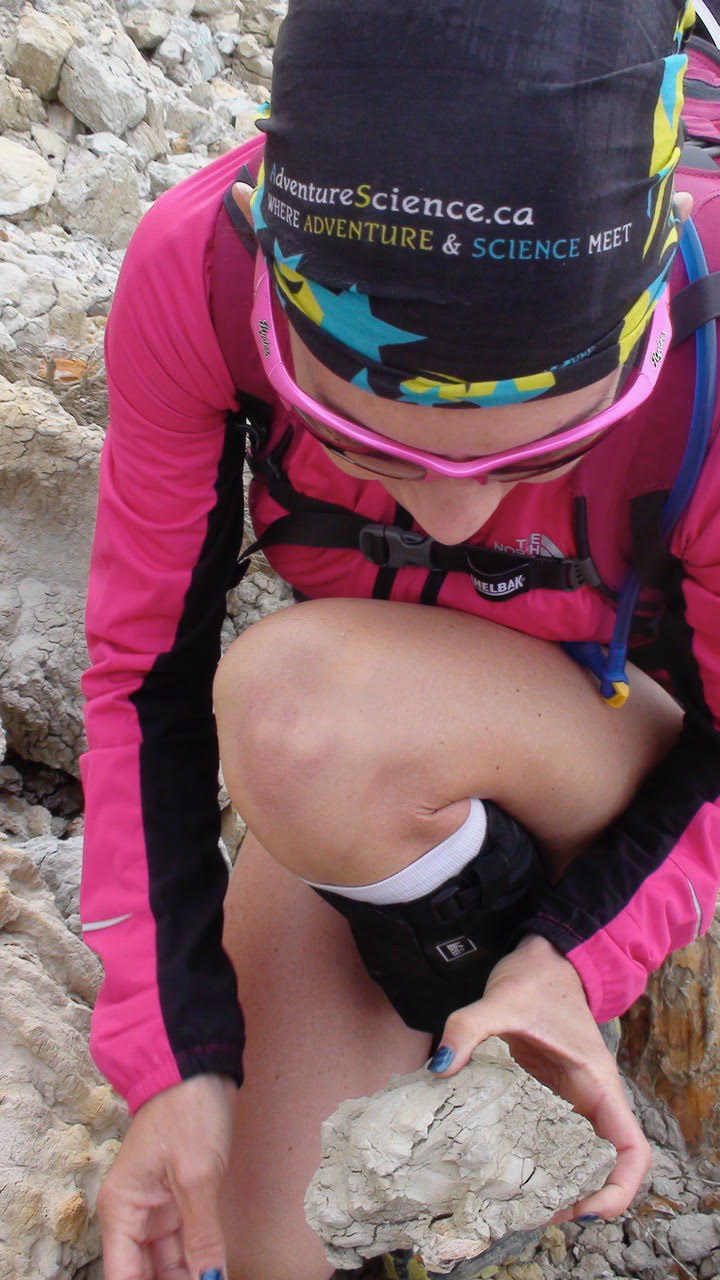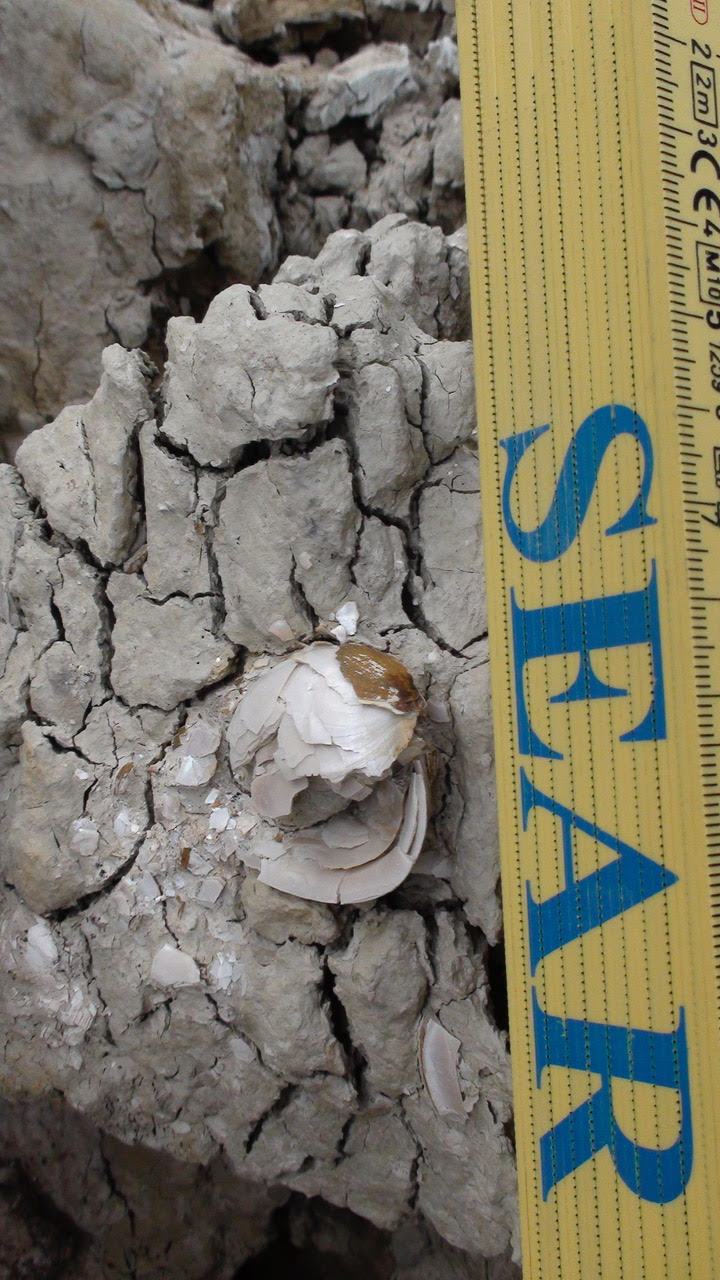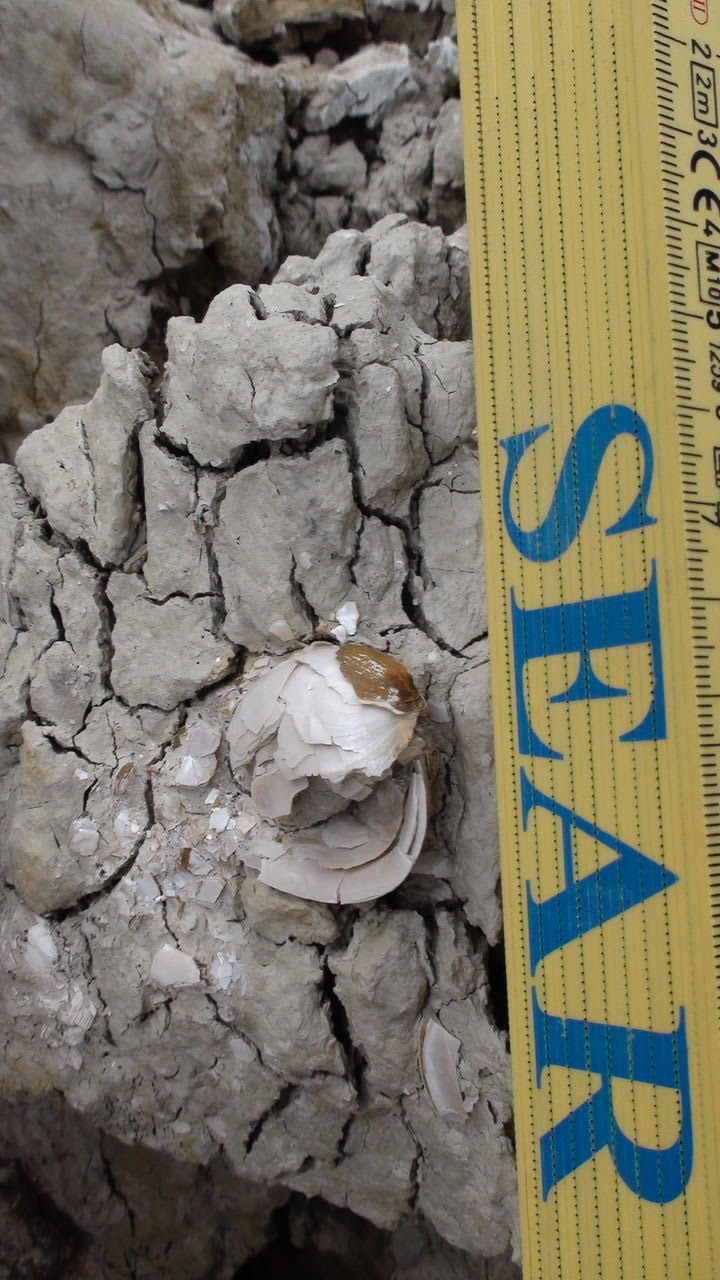Click here to view the full report, released: April 22, 2014.
Make sure to check the 100 Miles of Wild Blog for full account of the trek.
Gallery:
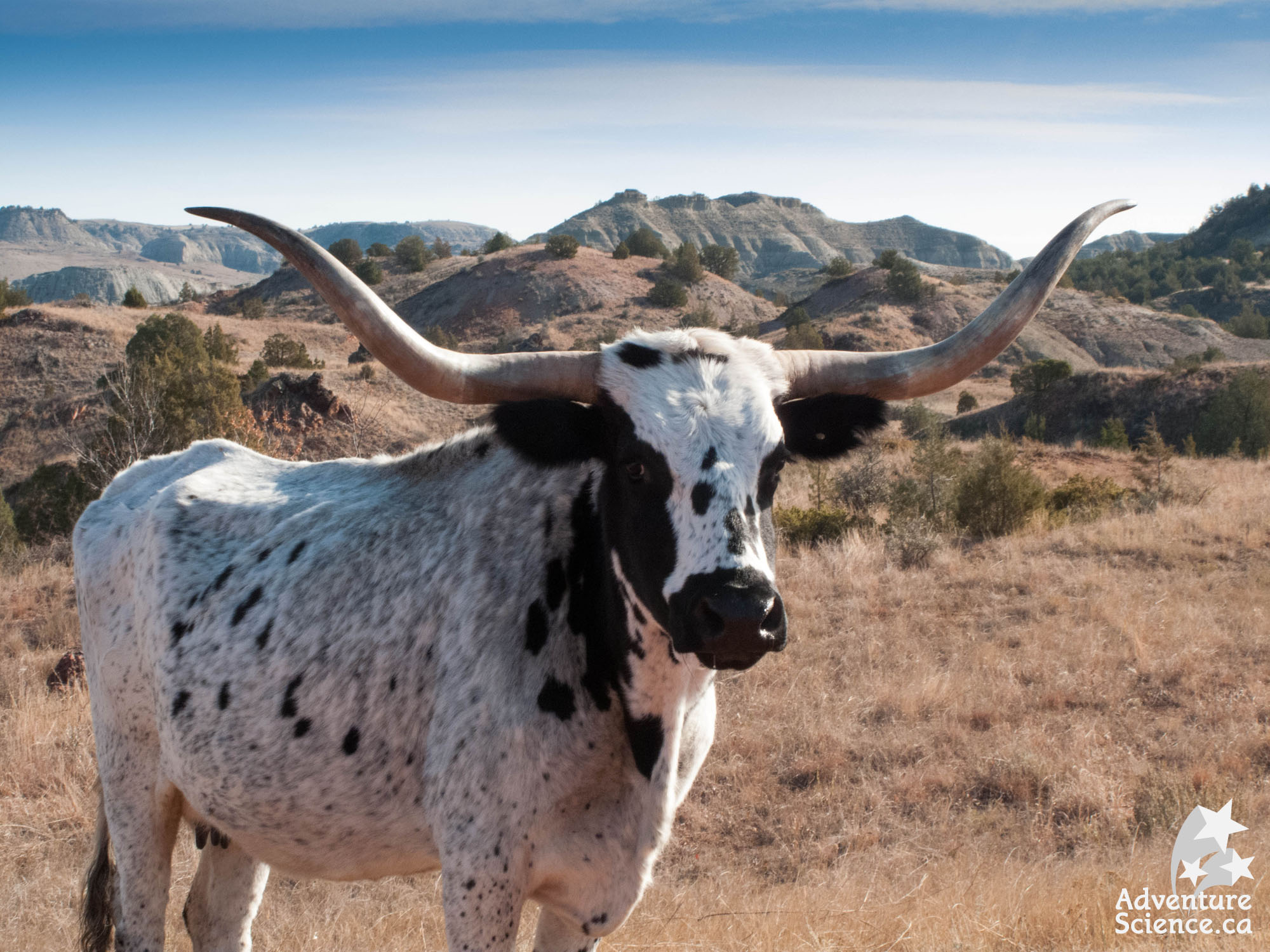
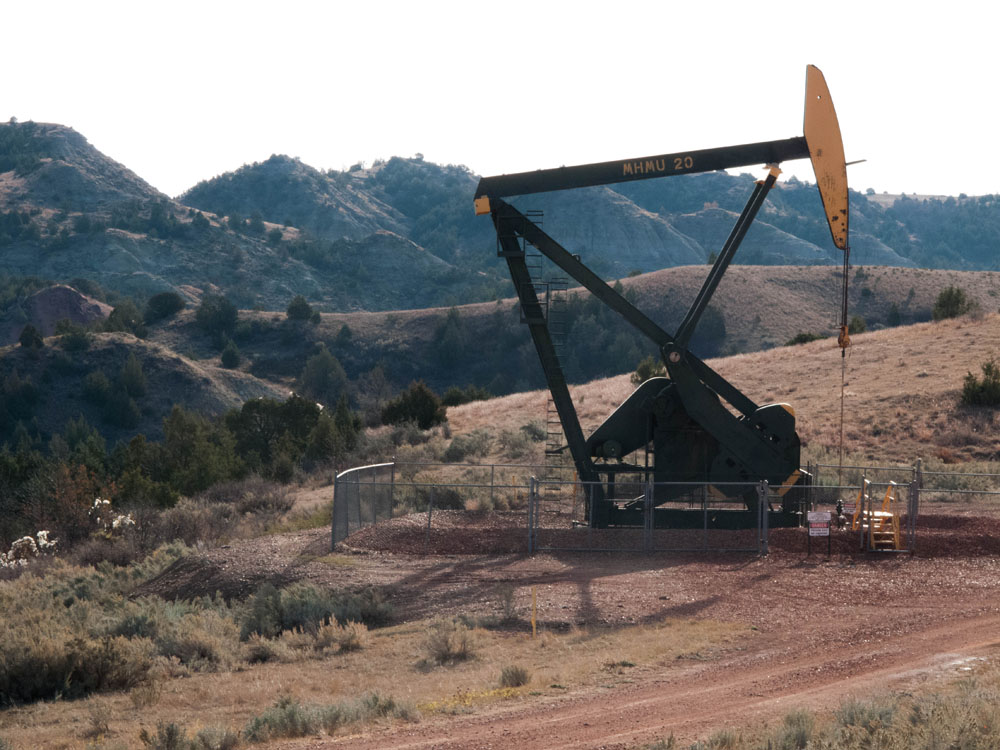
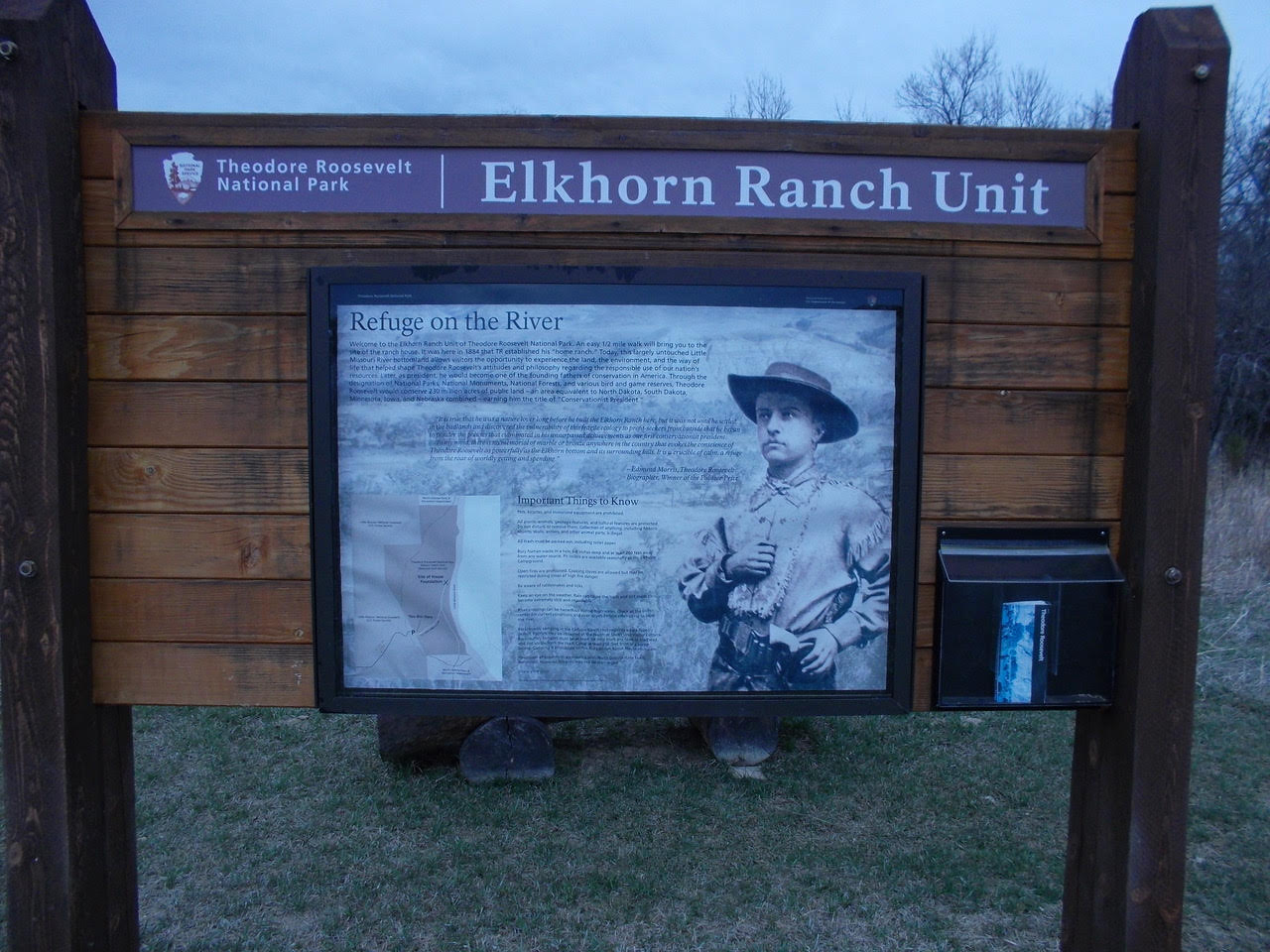
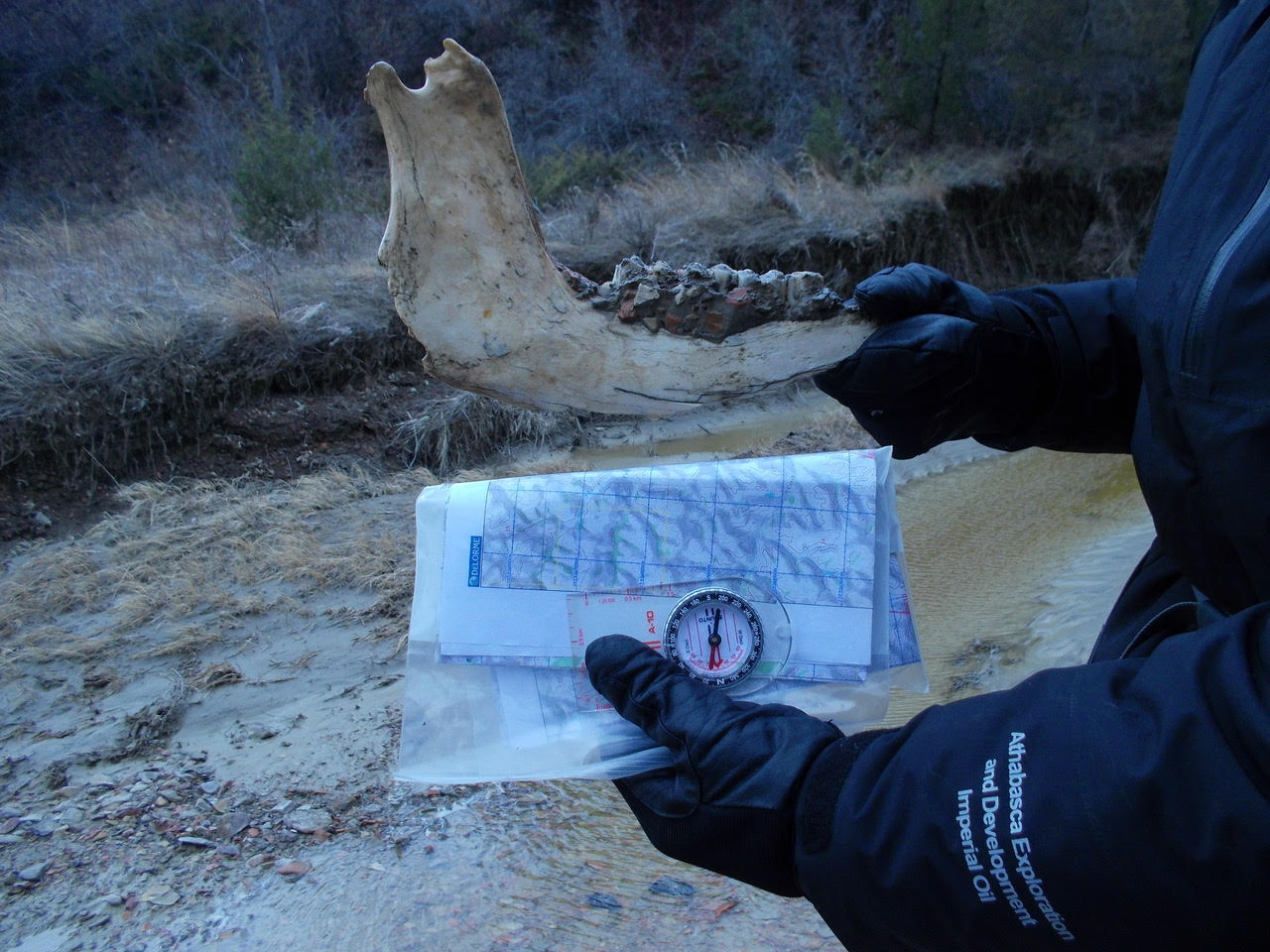
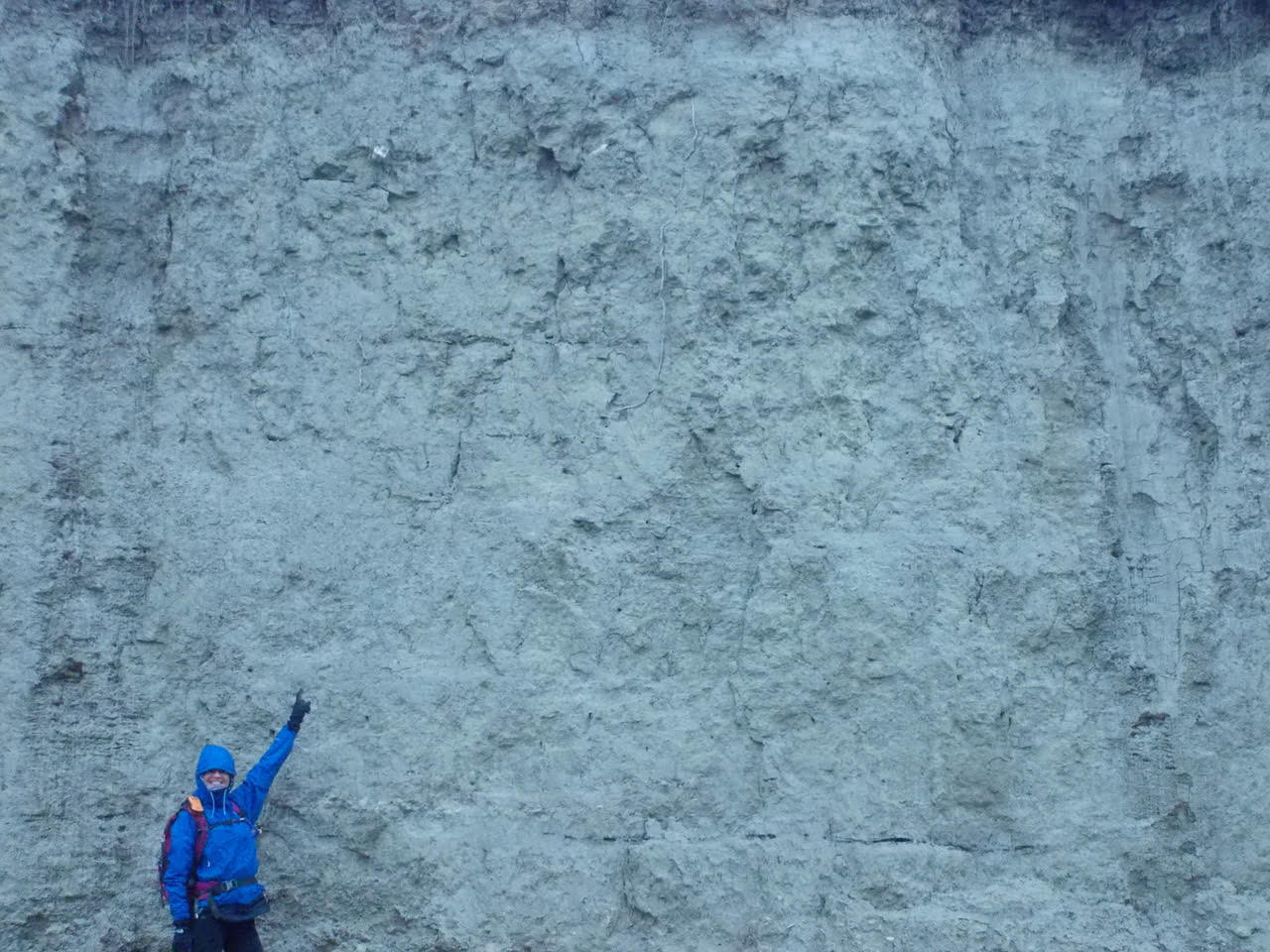
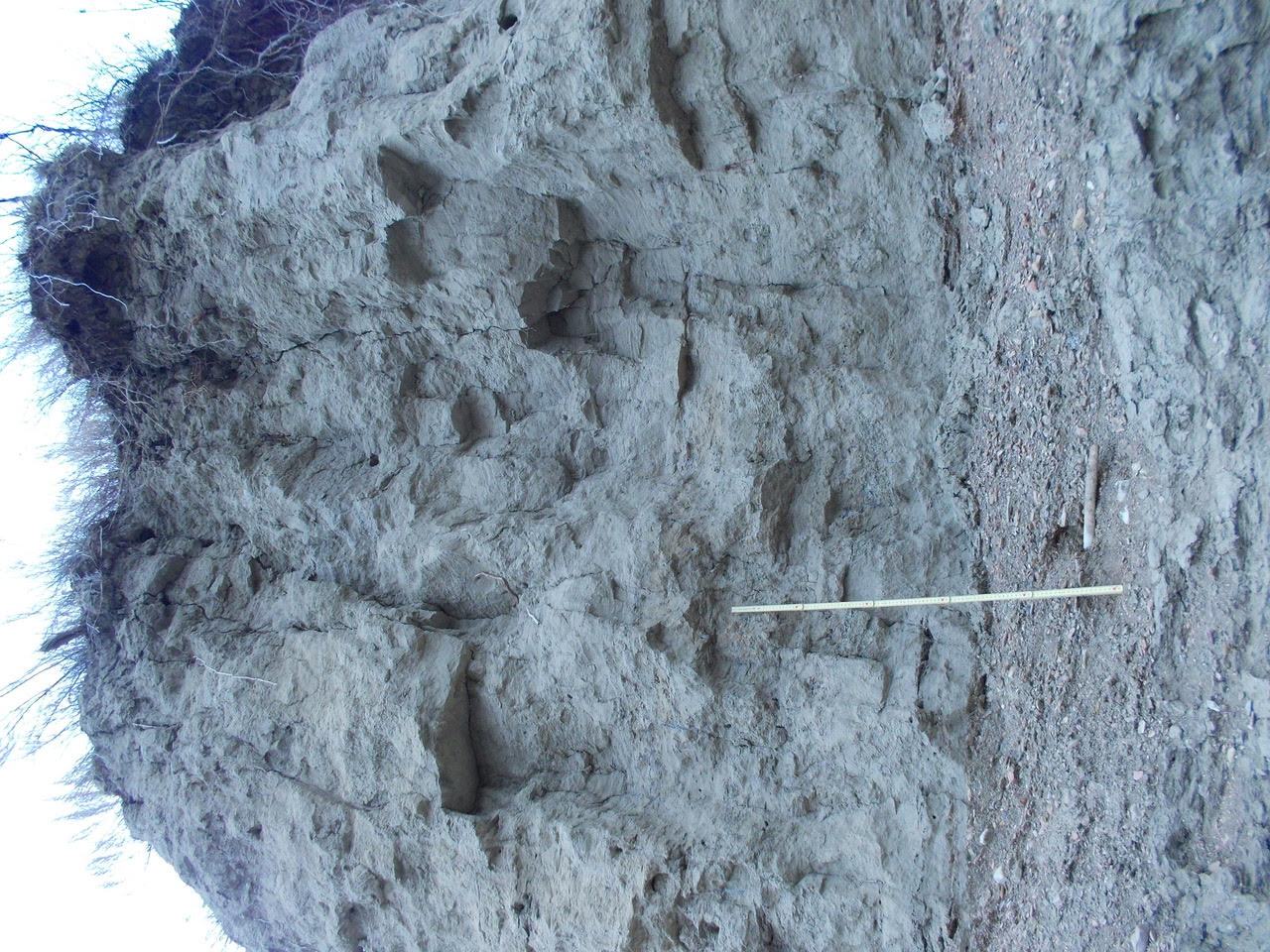
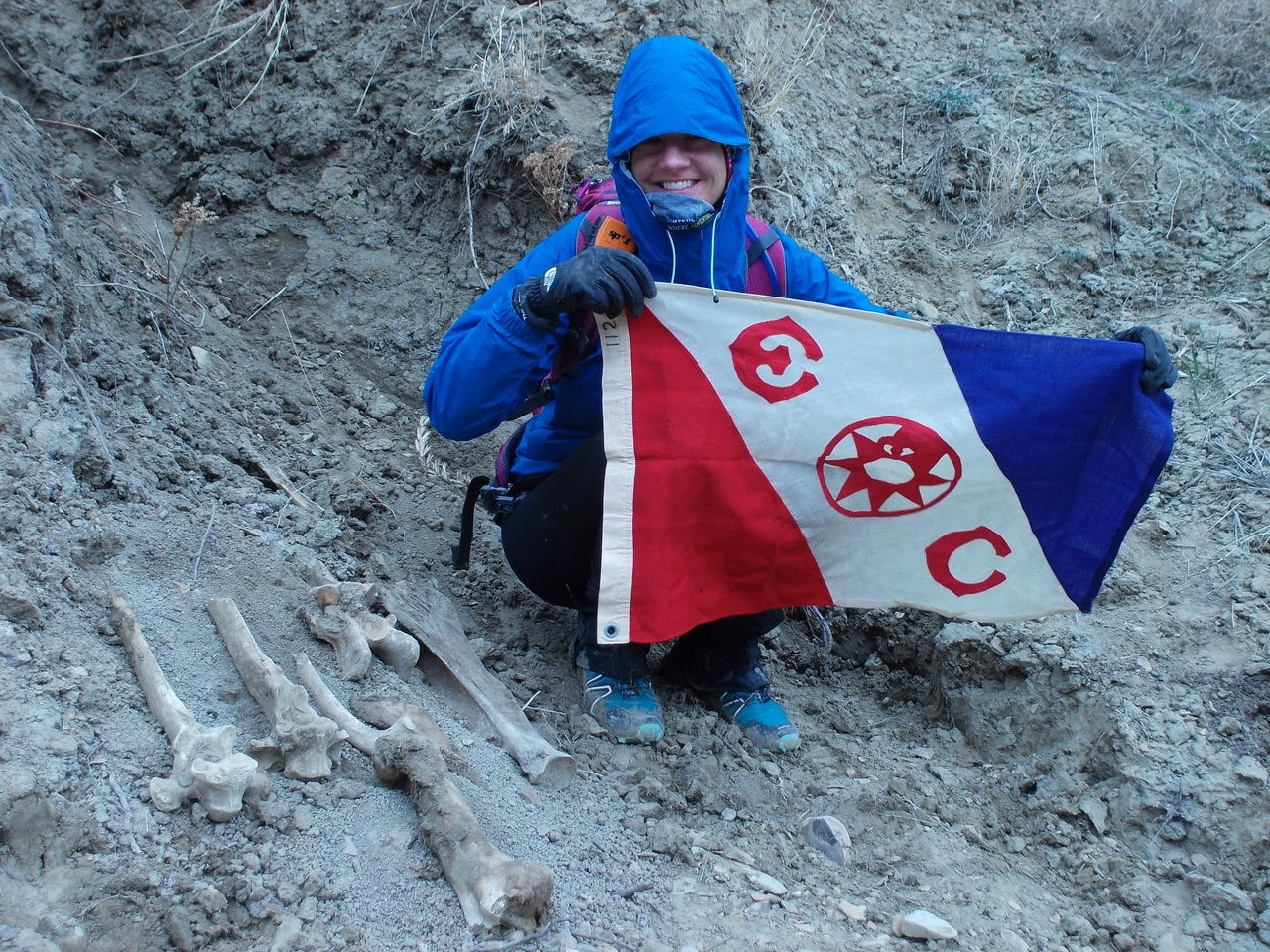
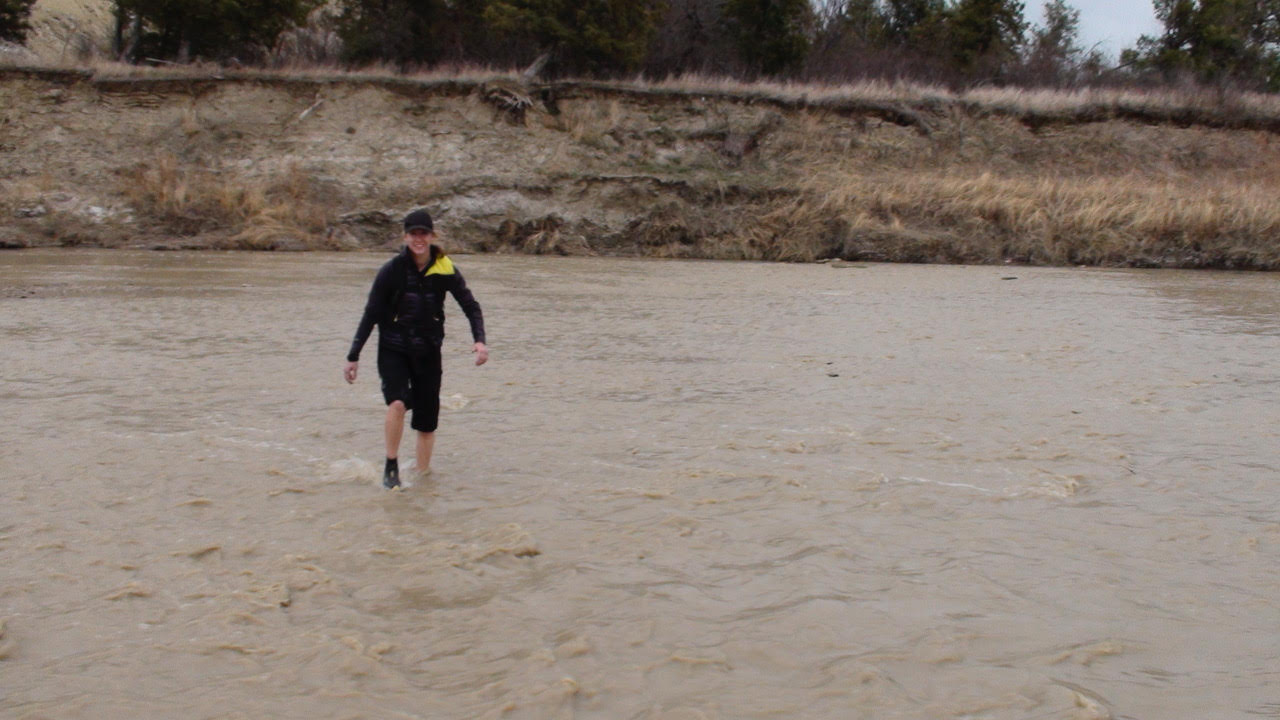
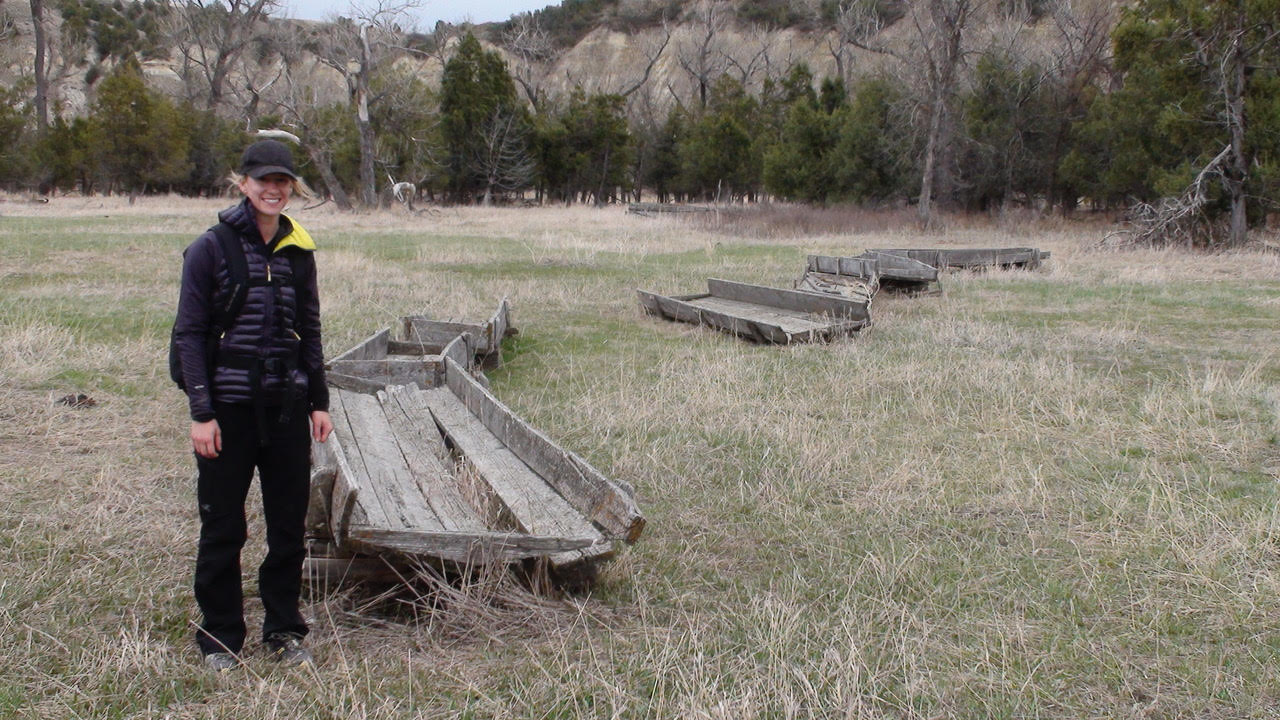
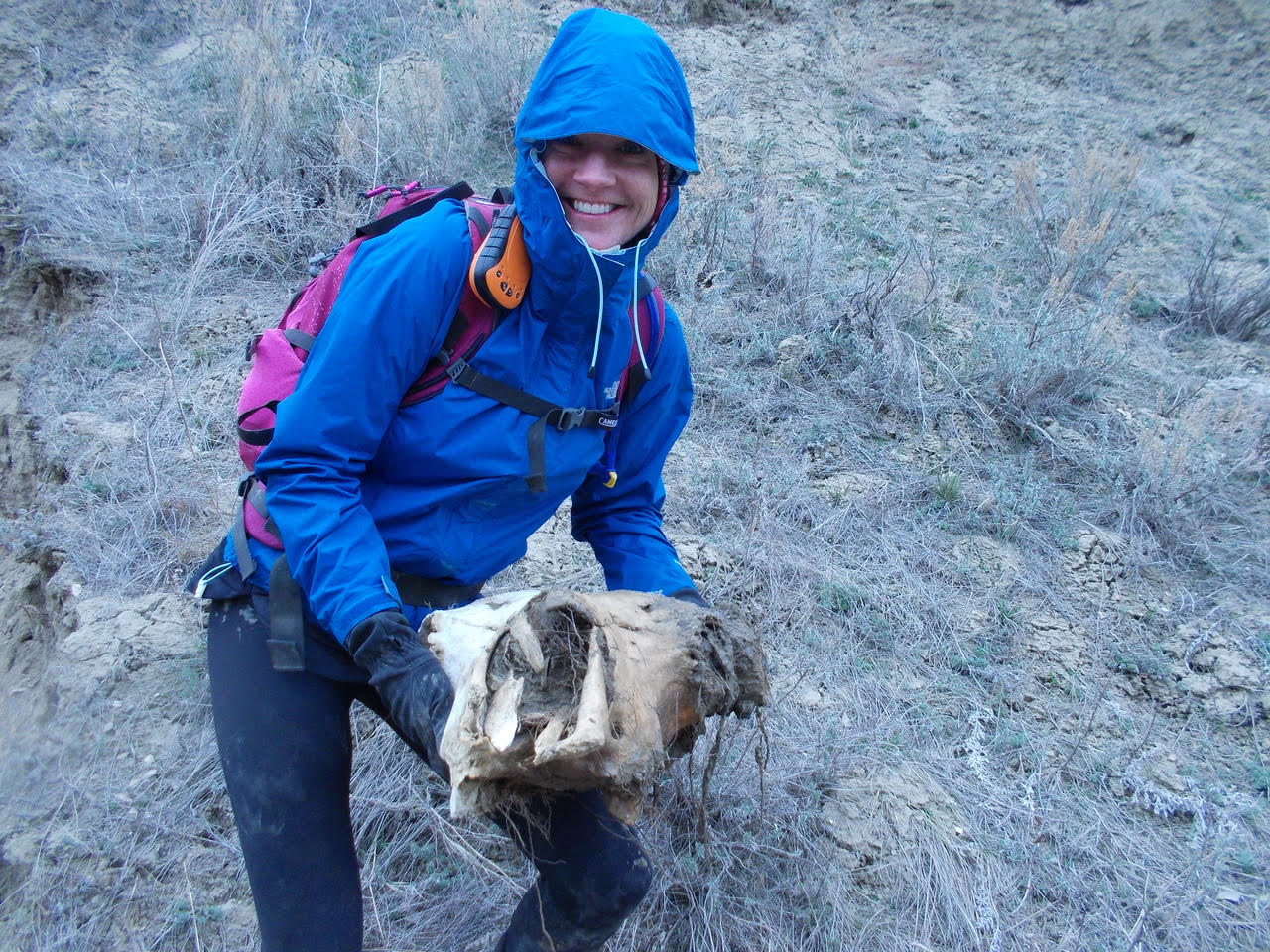
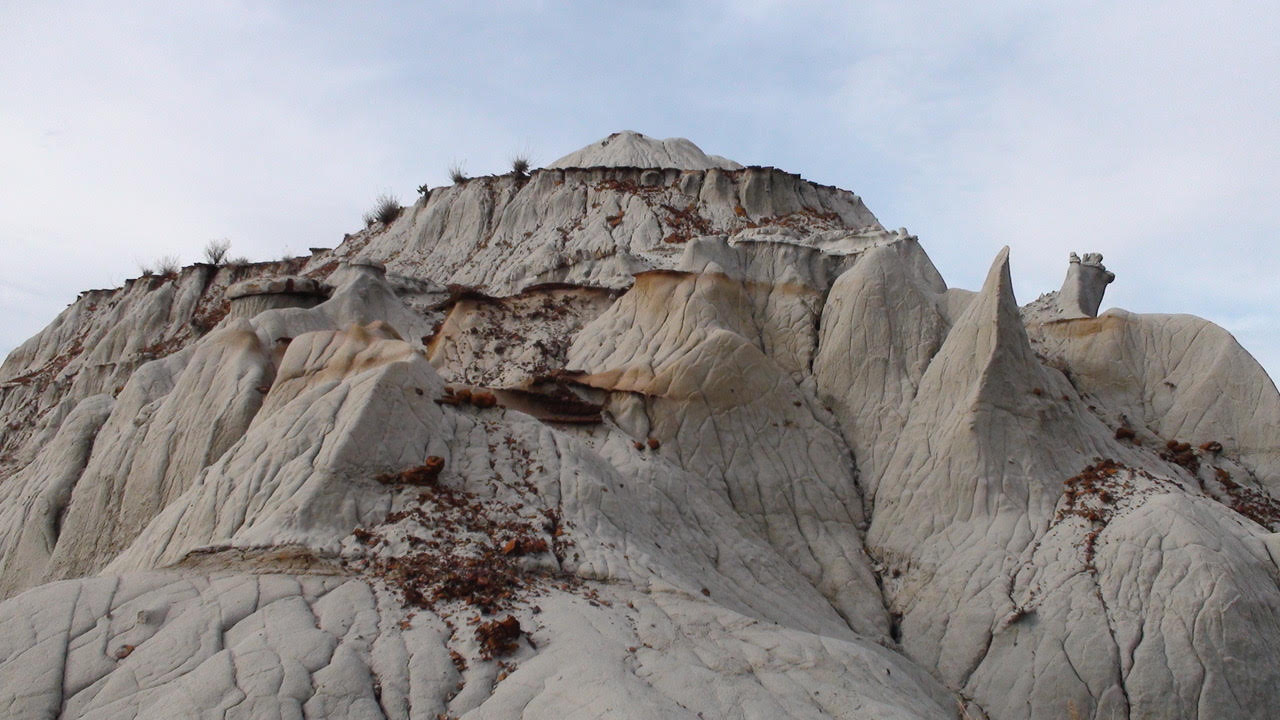
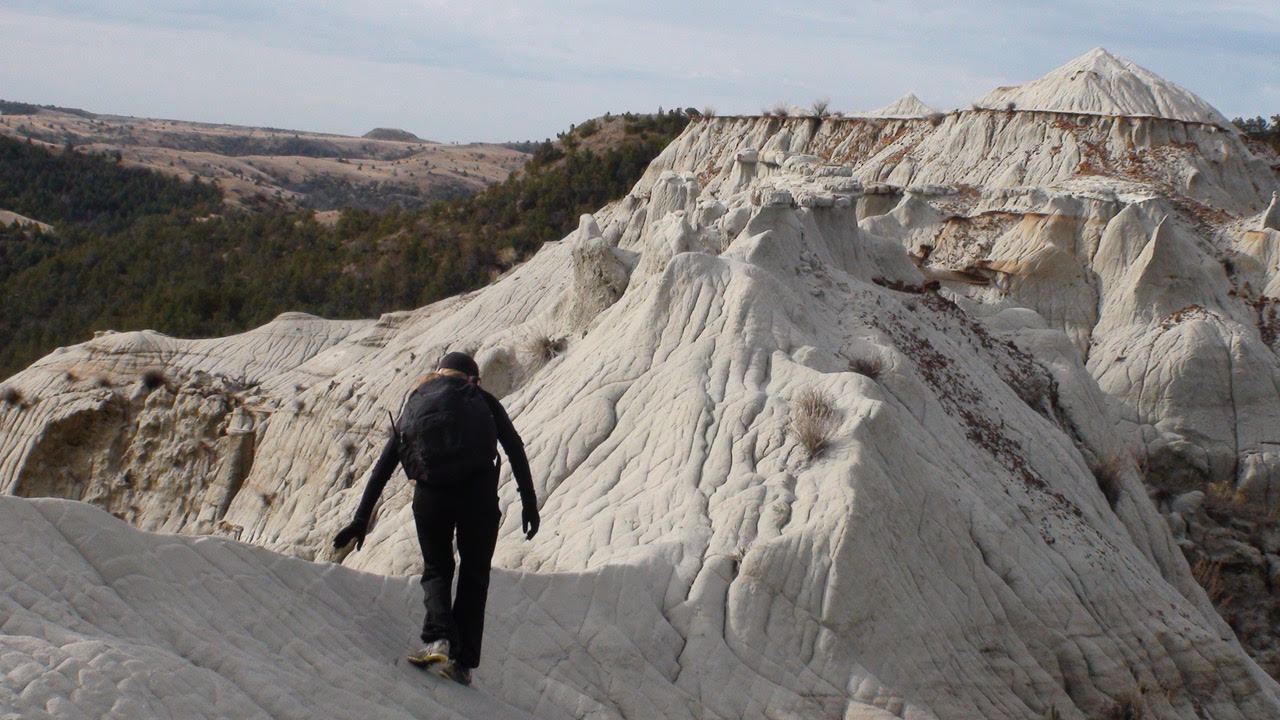
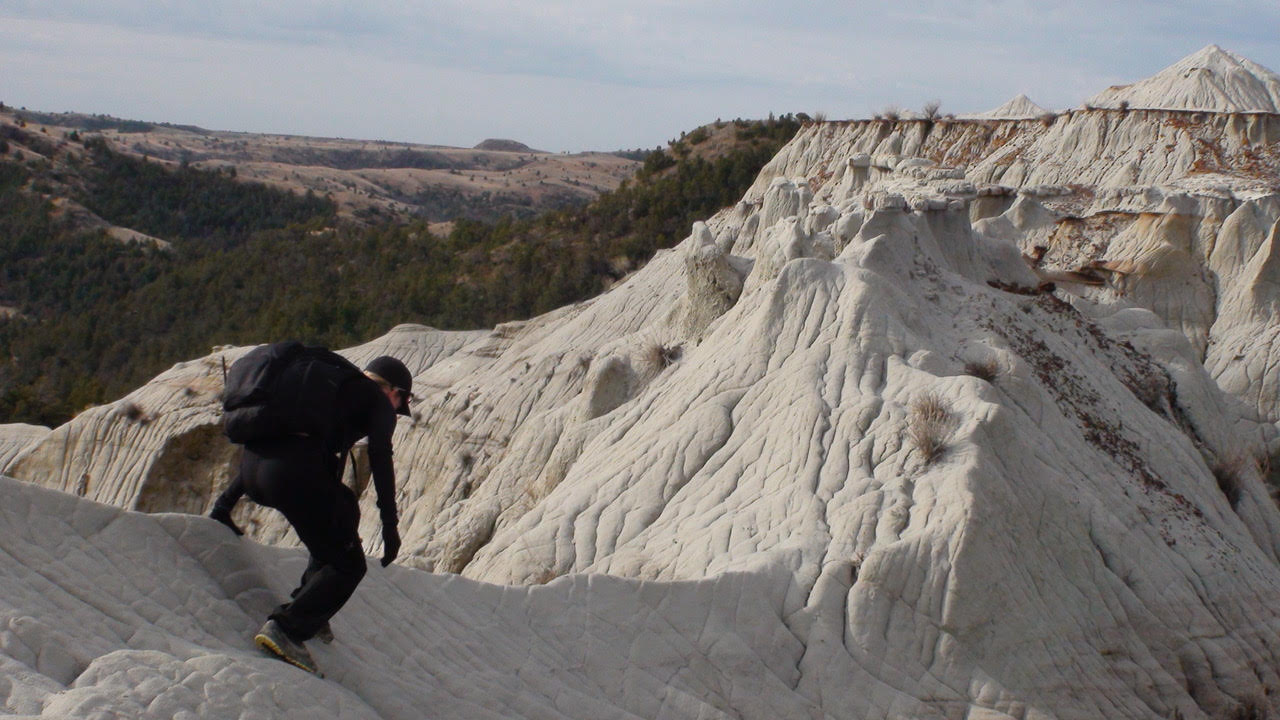
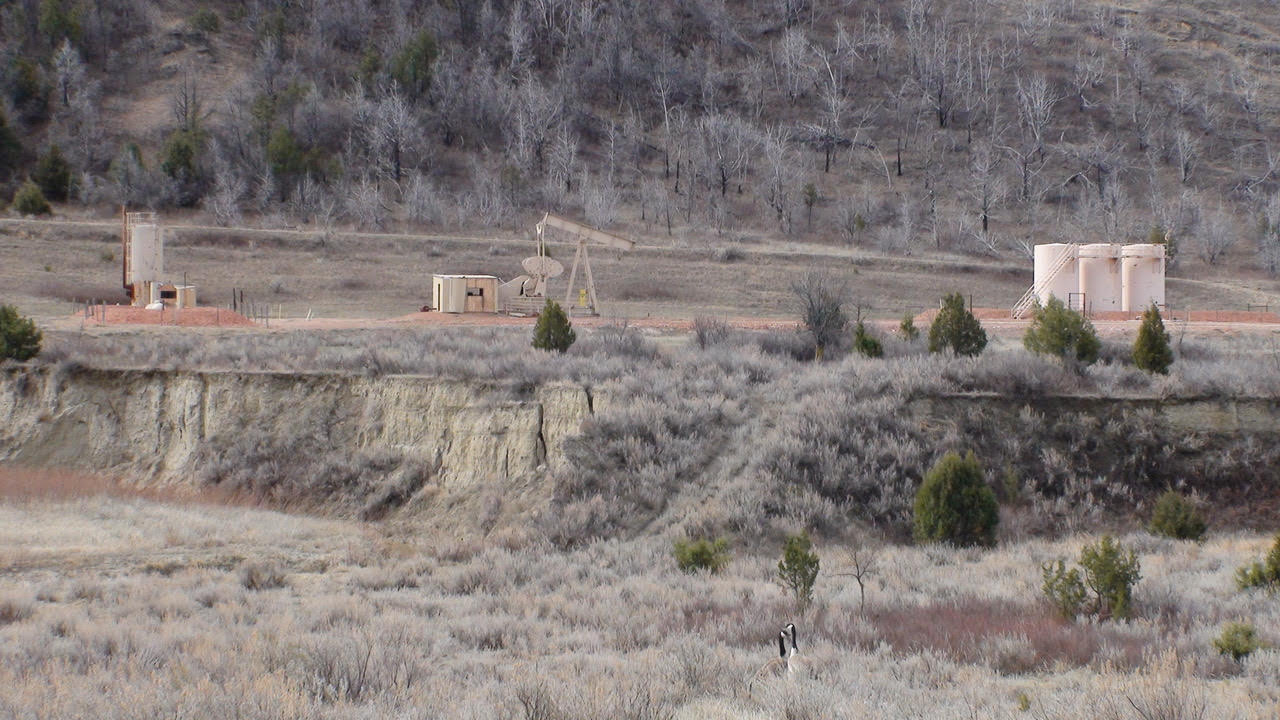
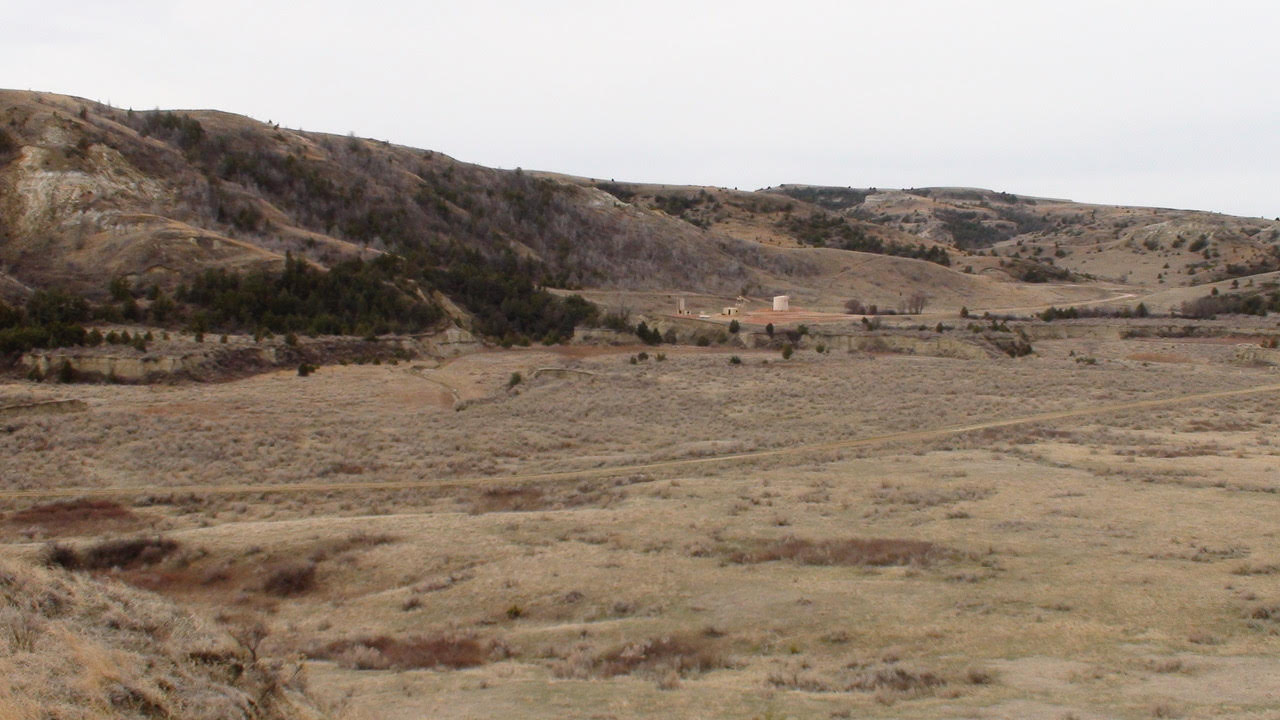
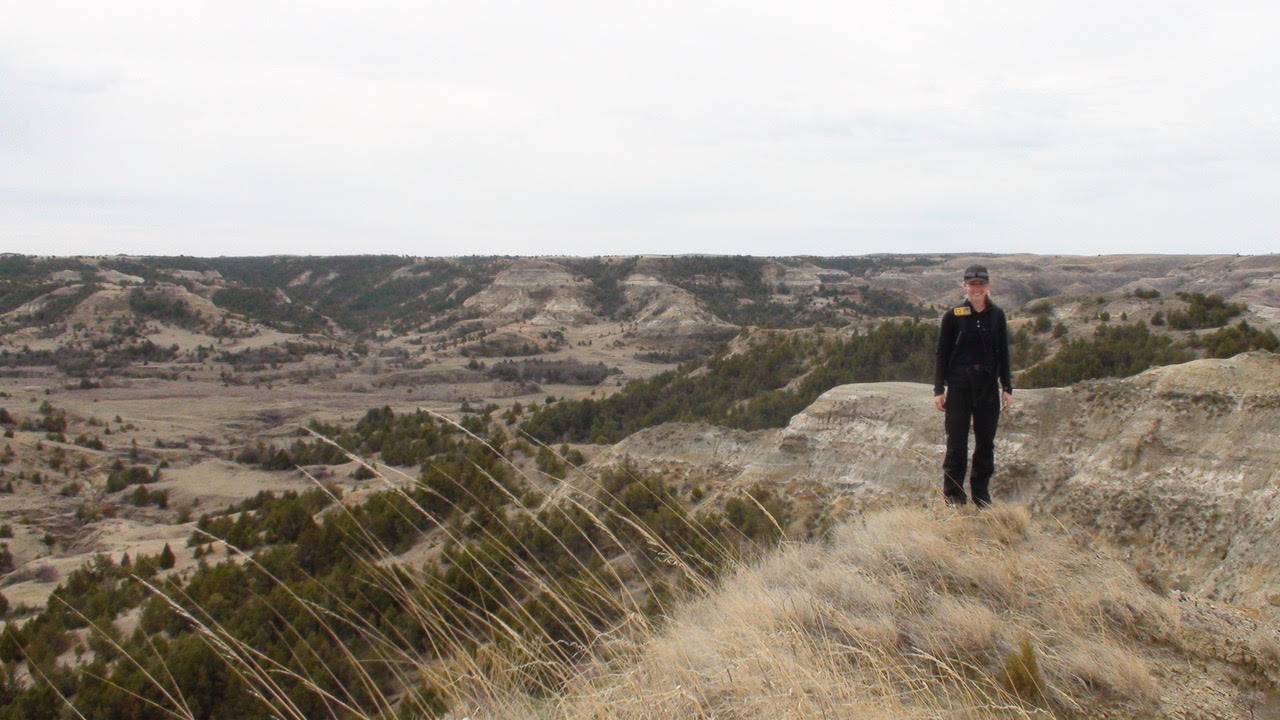
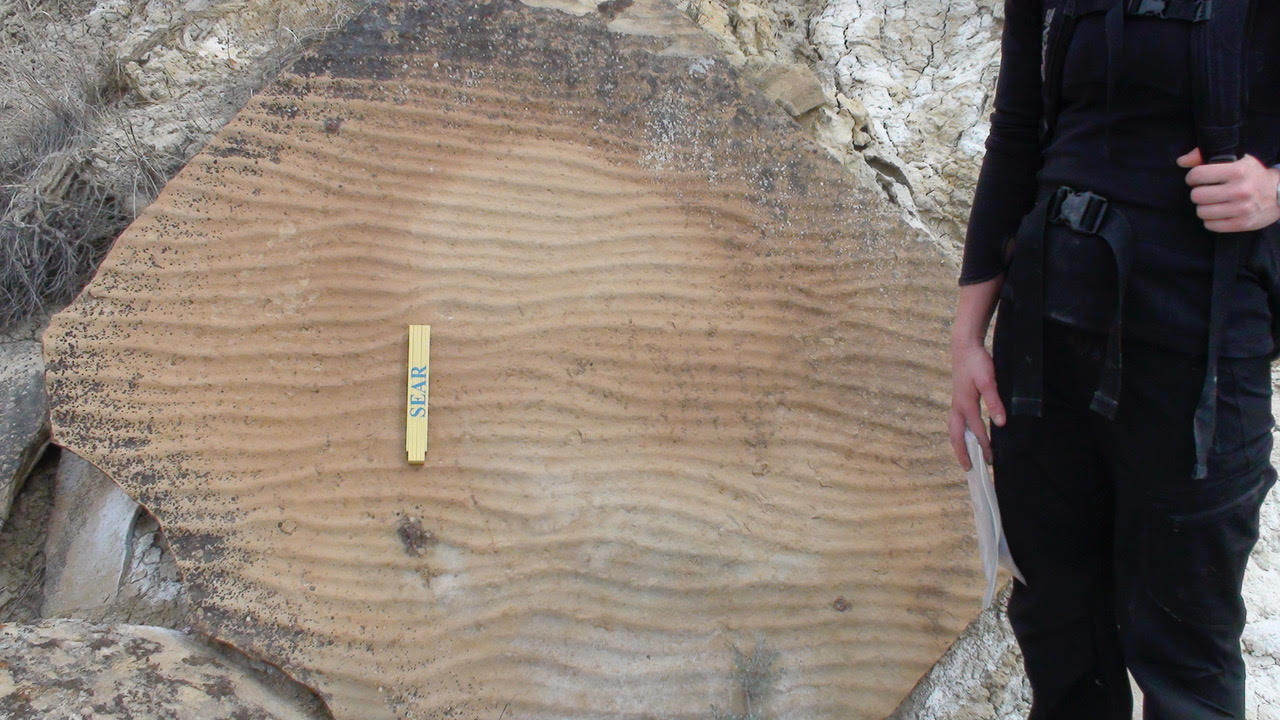
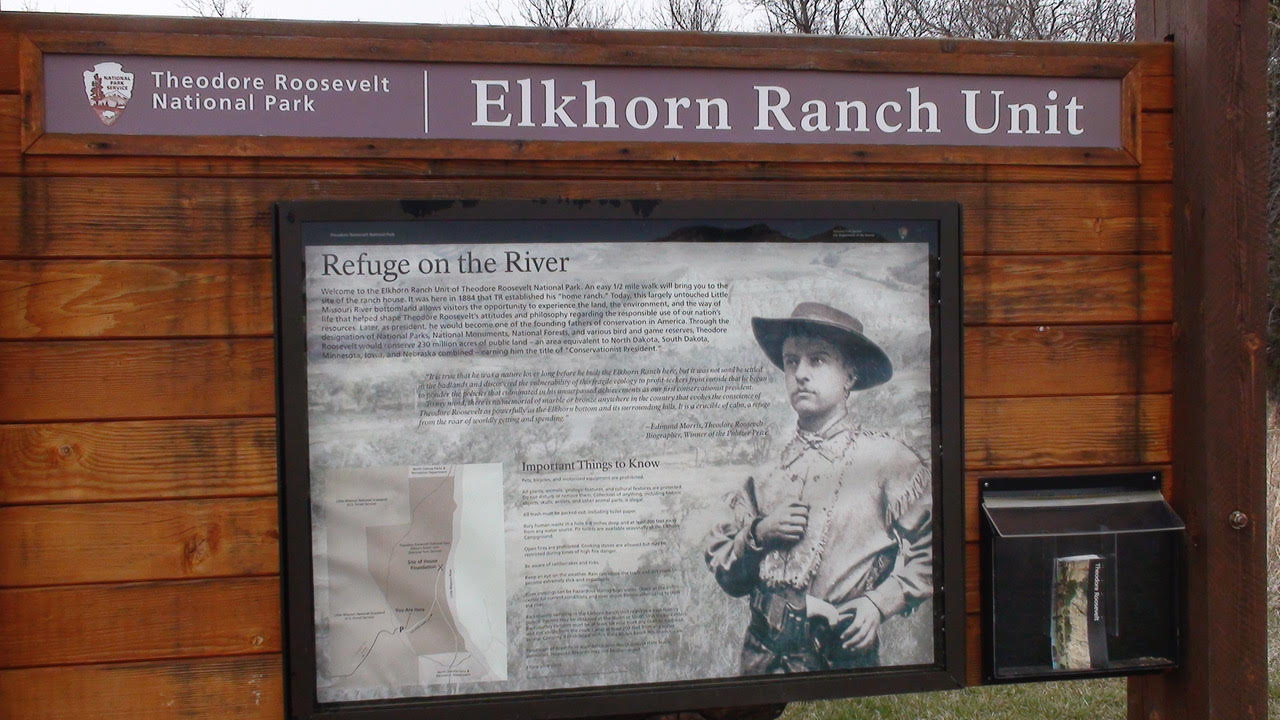
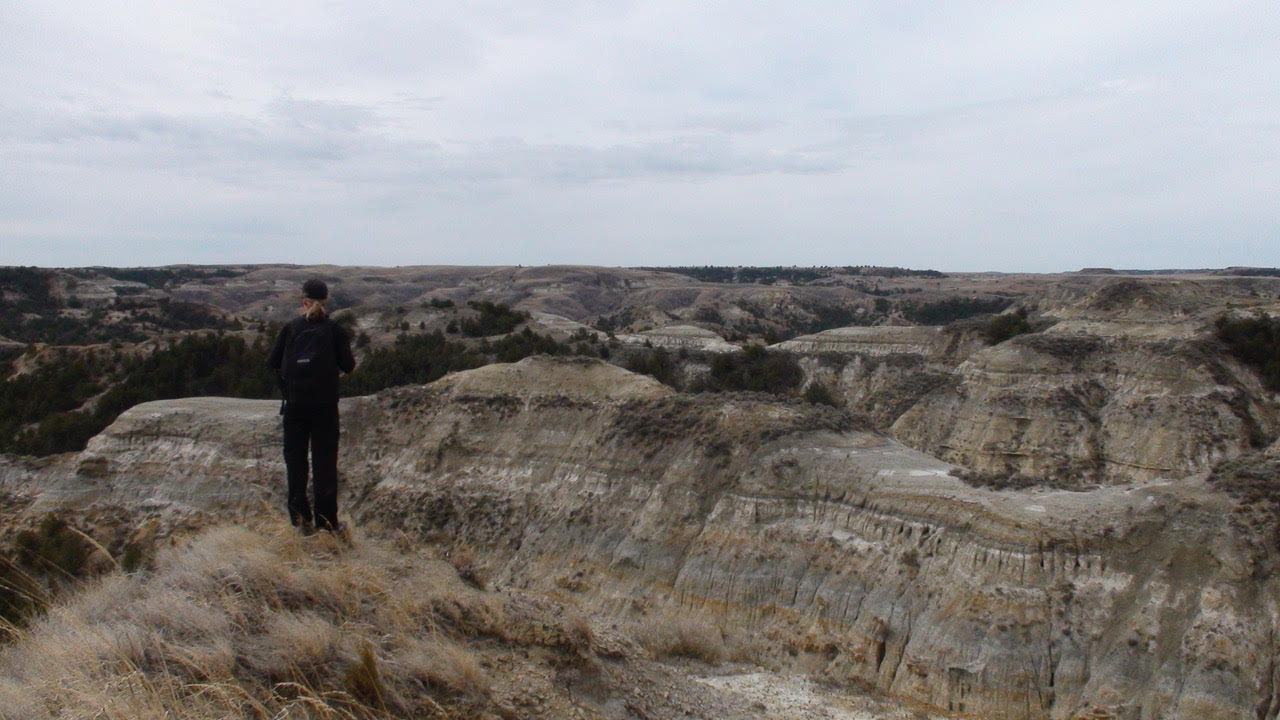
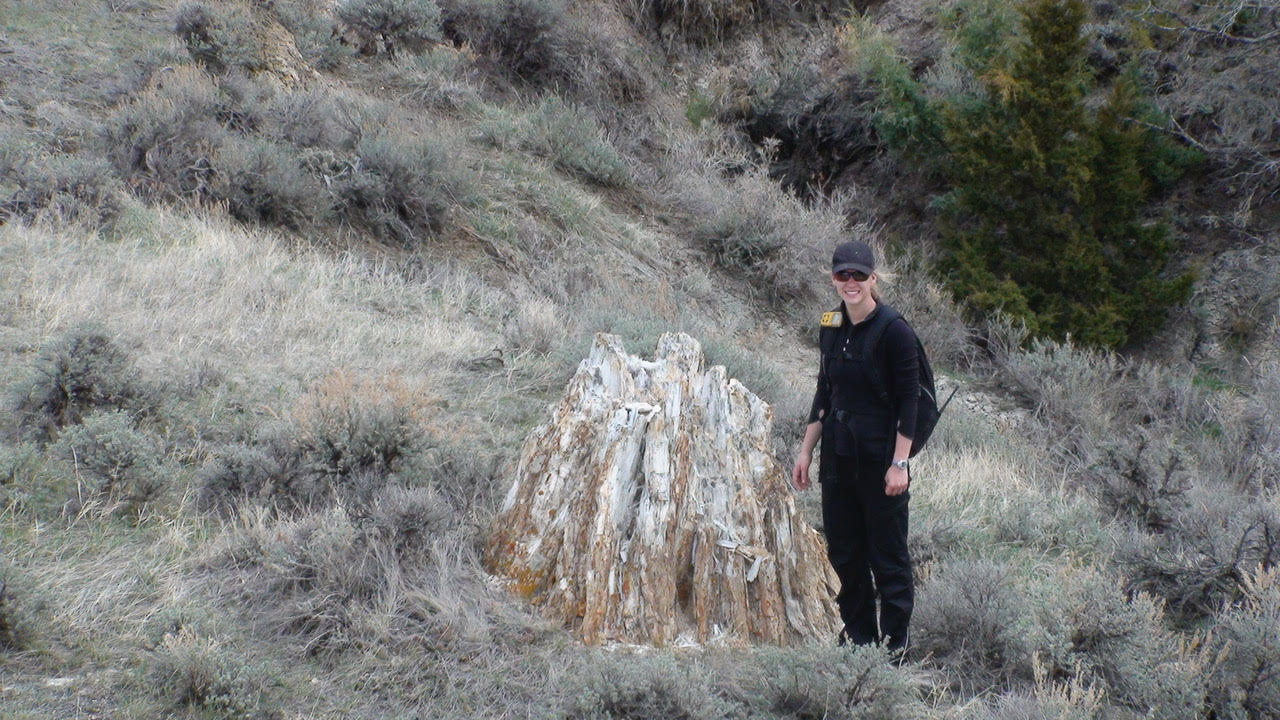
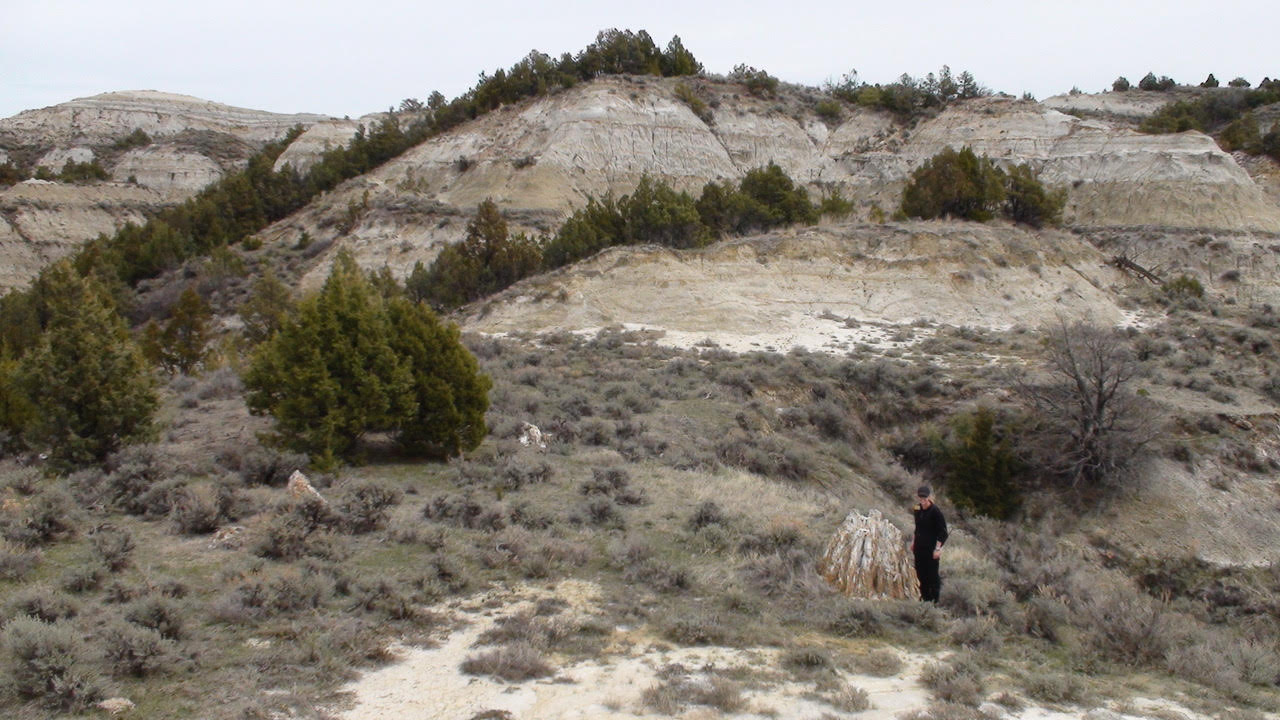

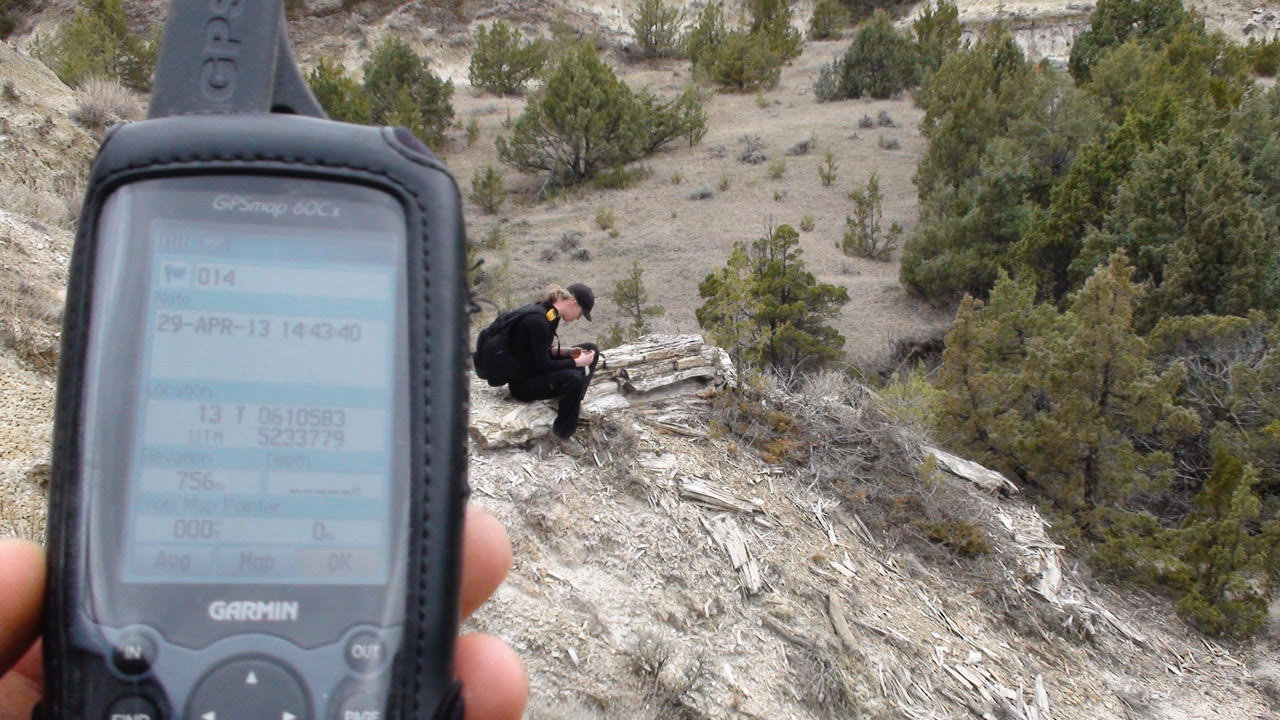

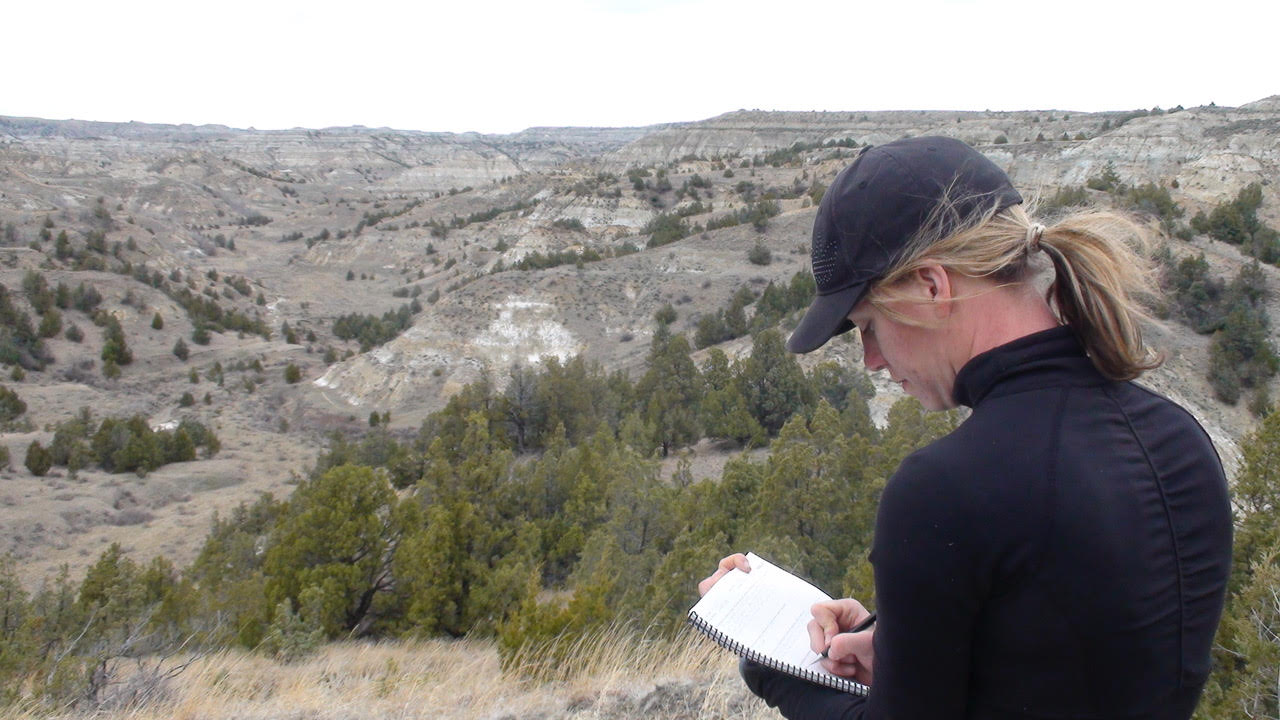
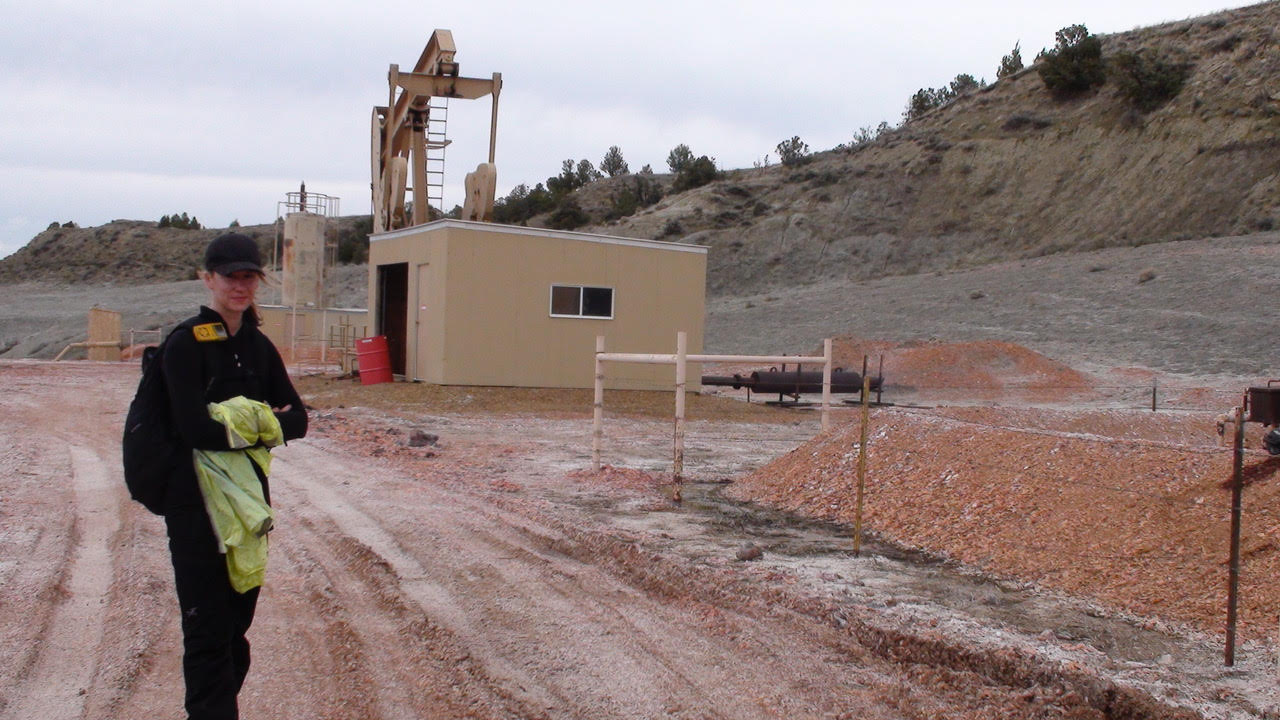
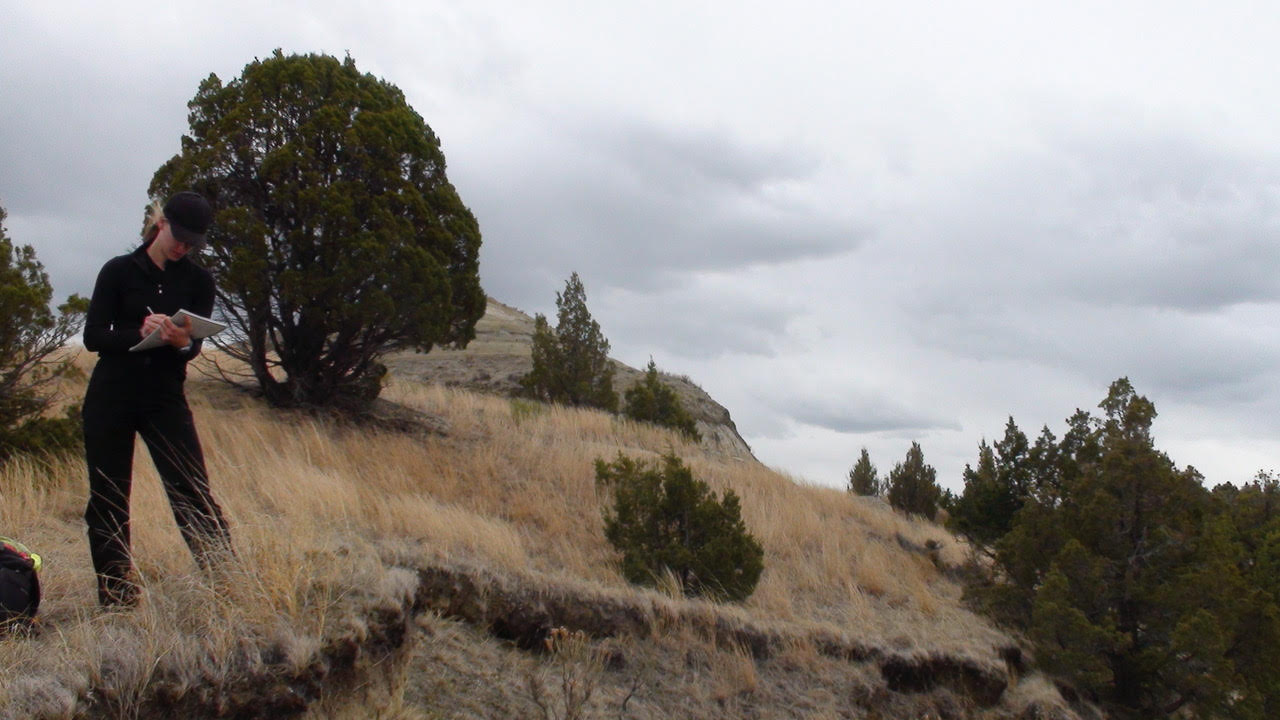
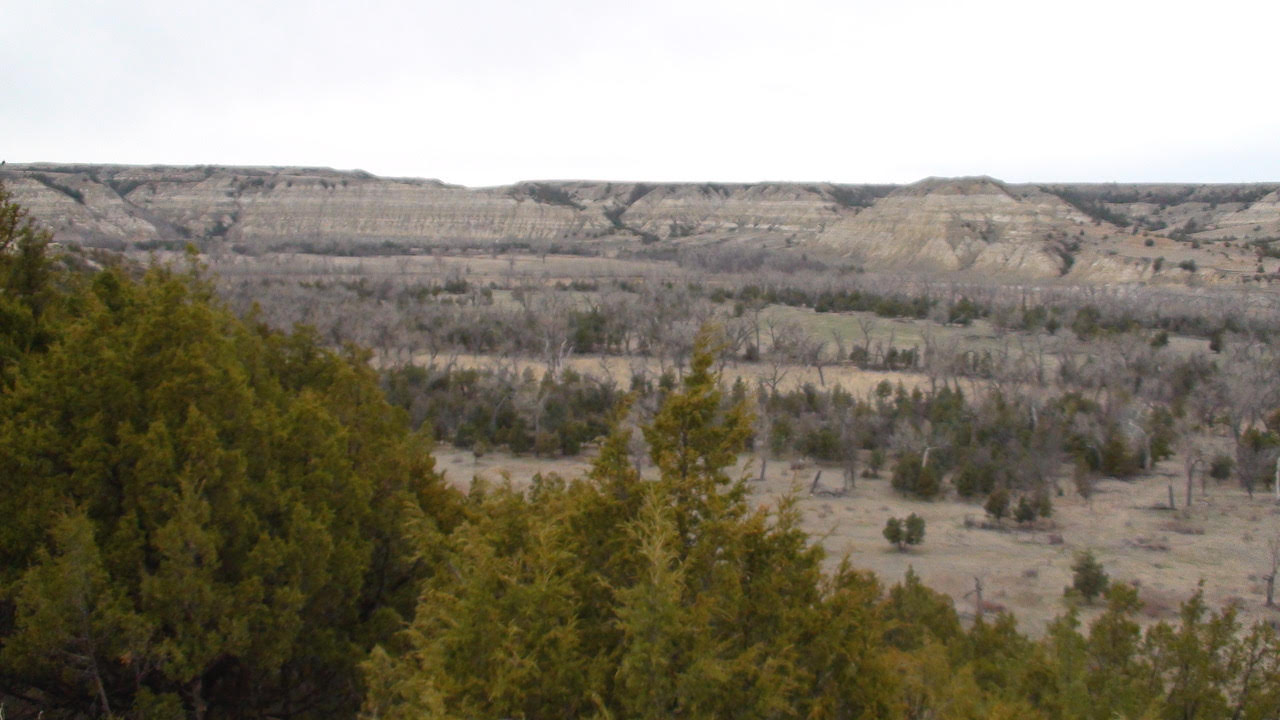
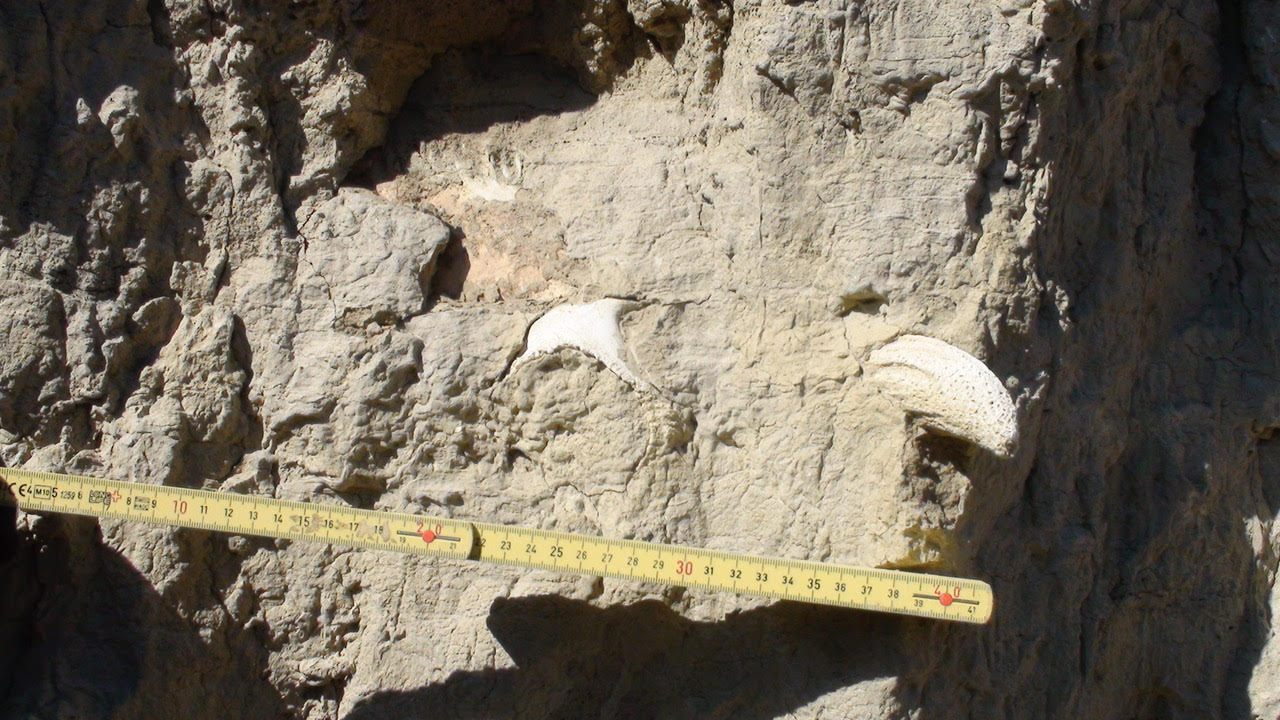
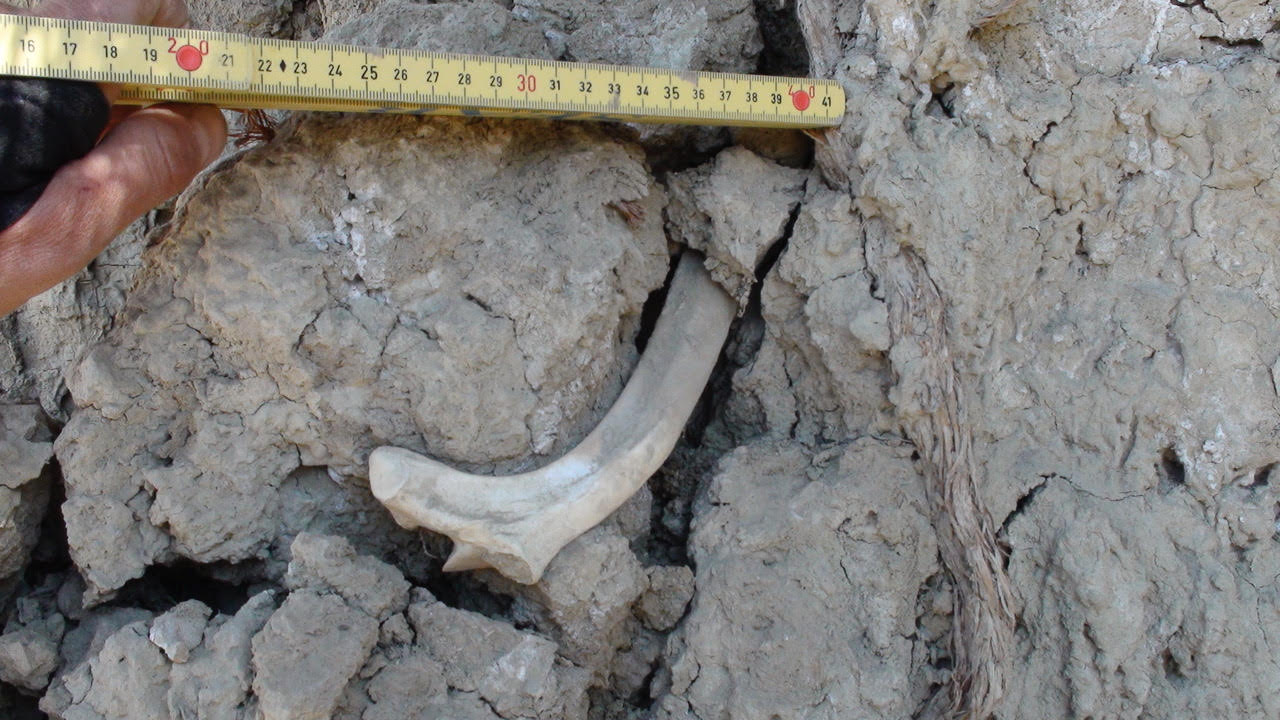
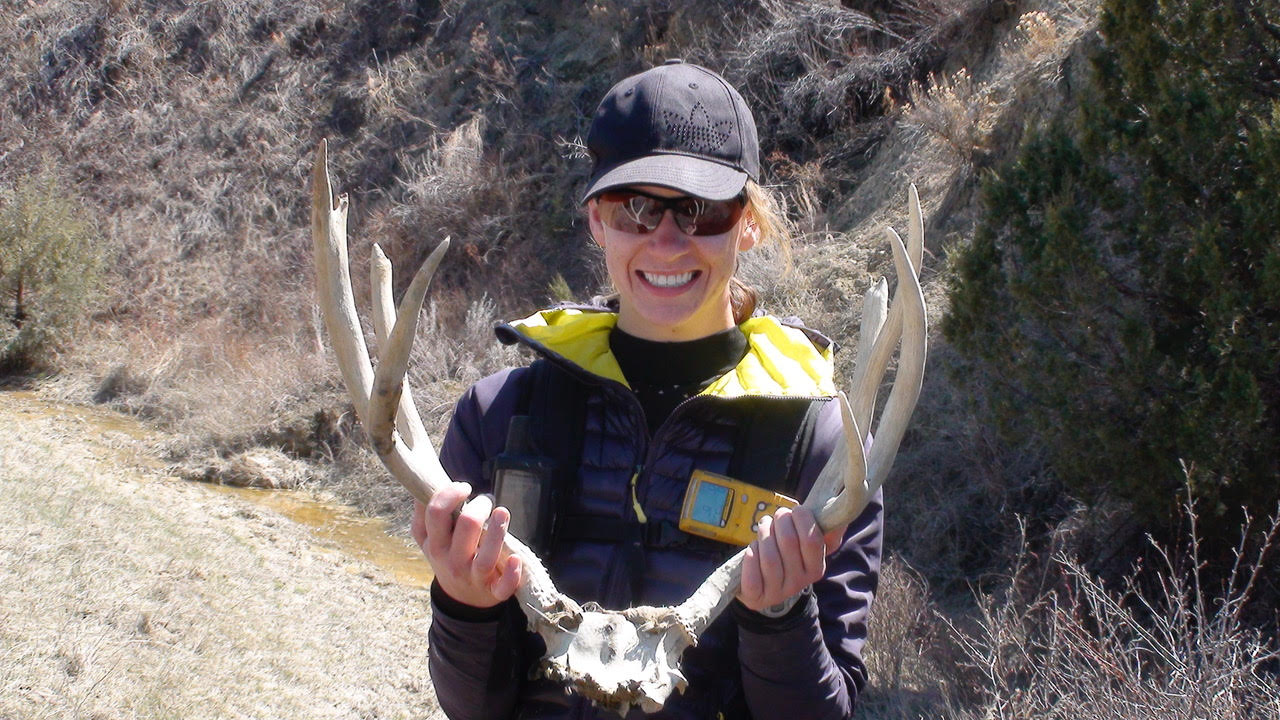
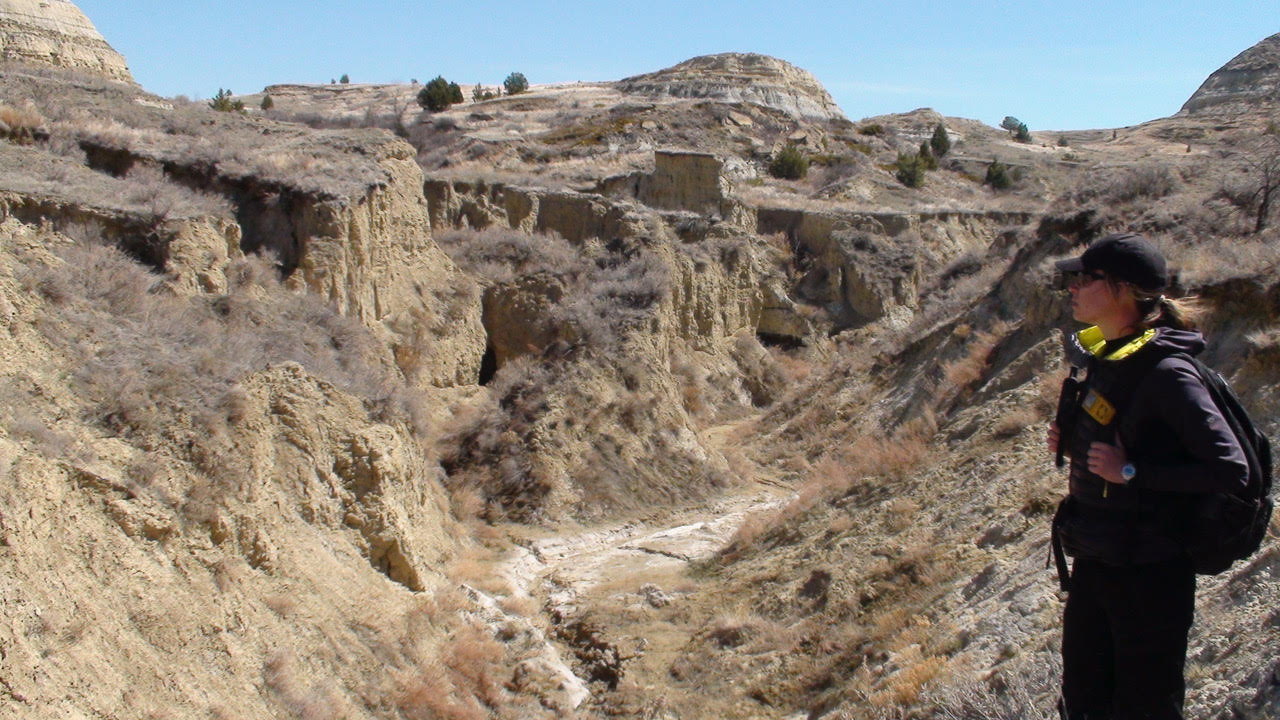
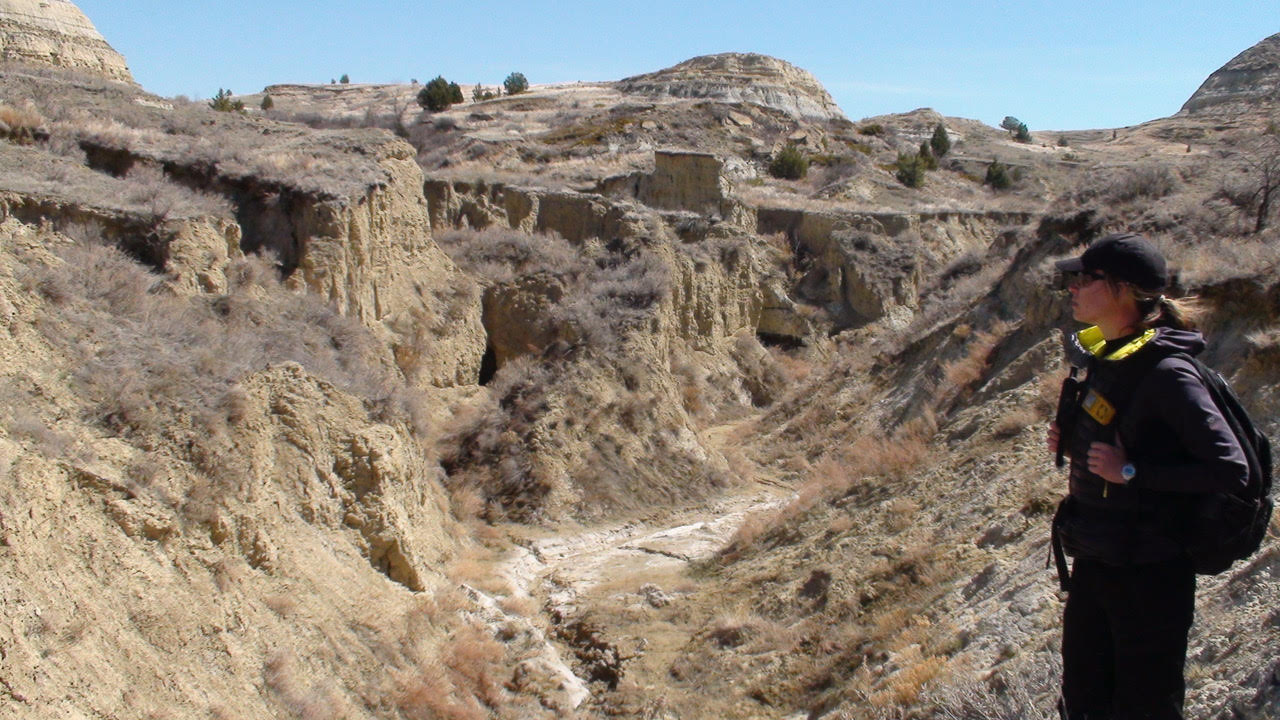
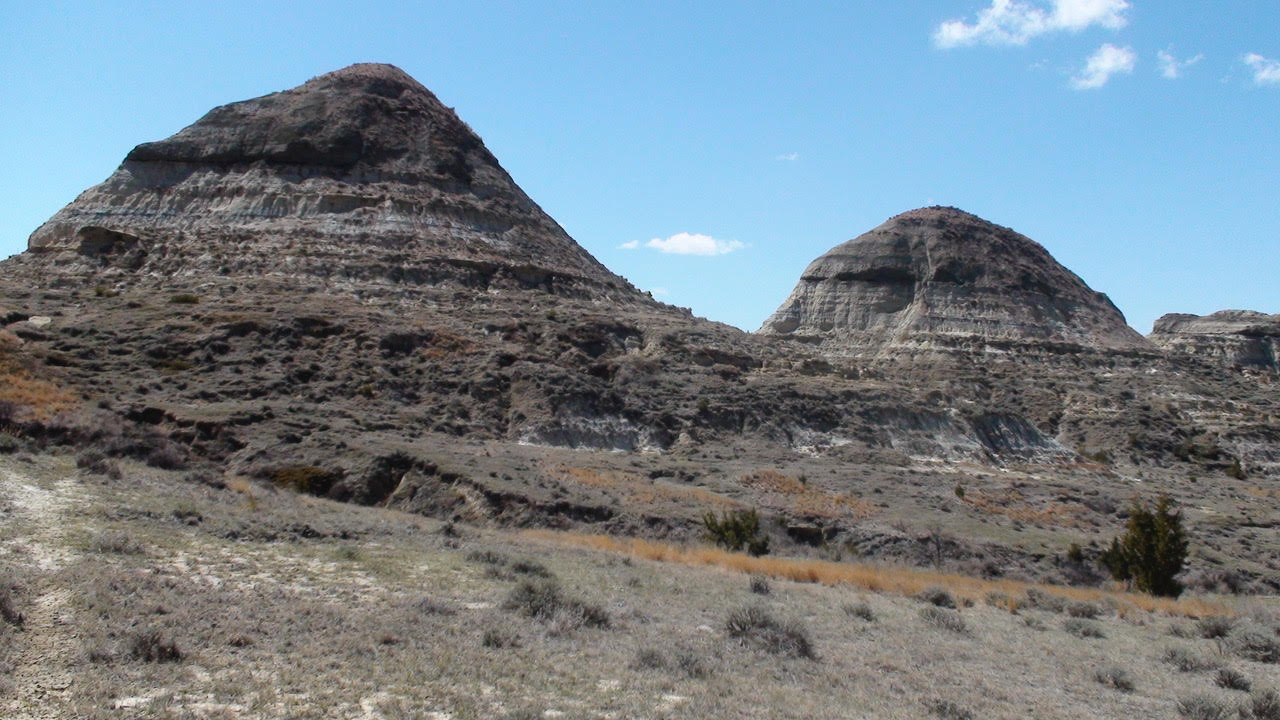
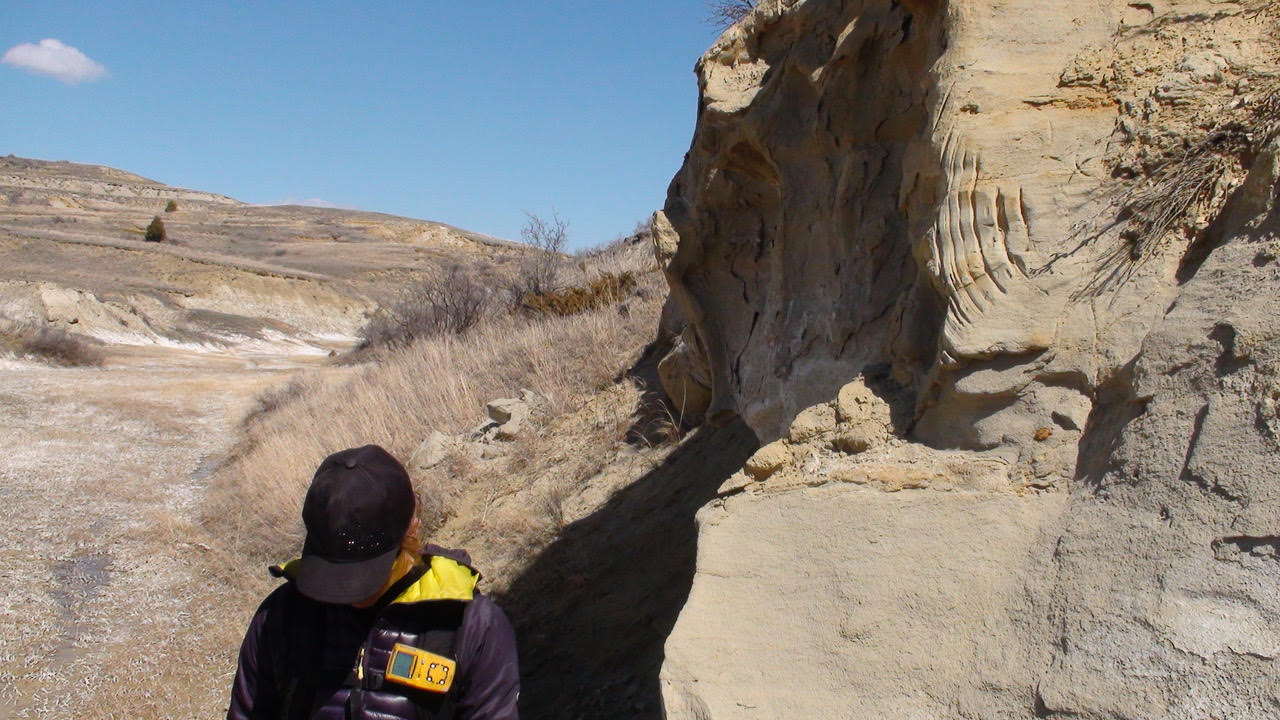
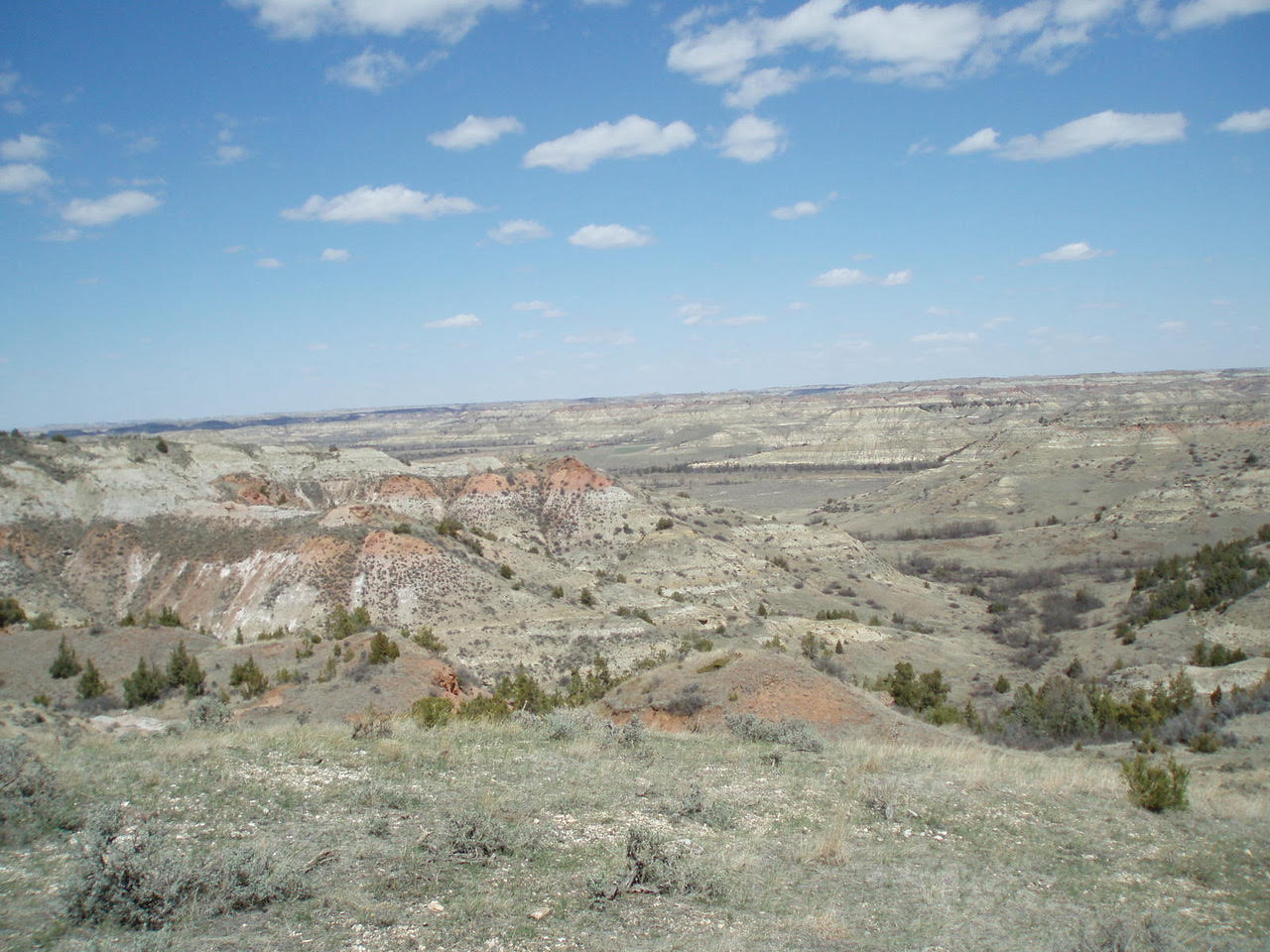
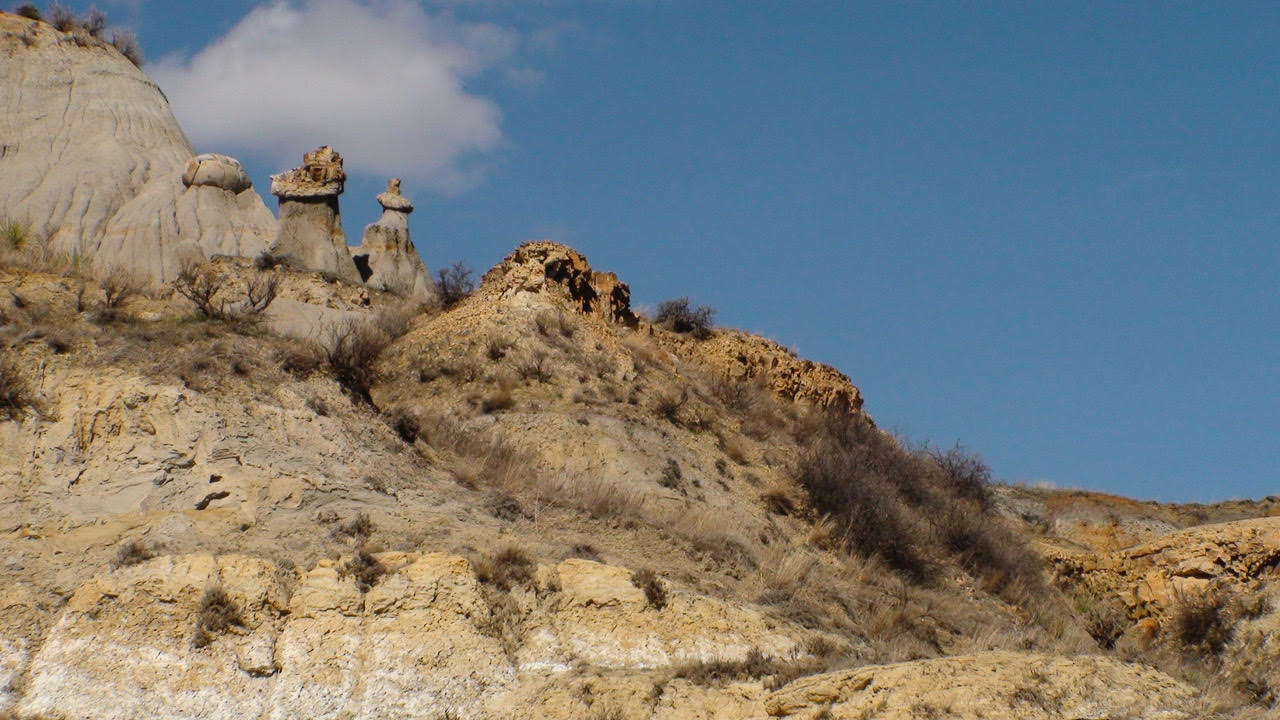
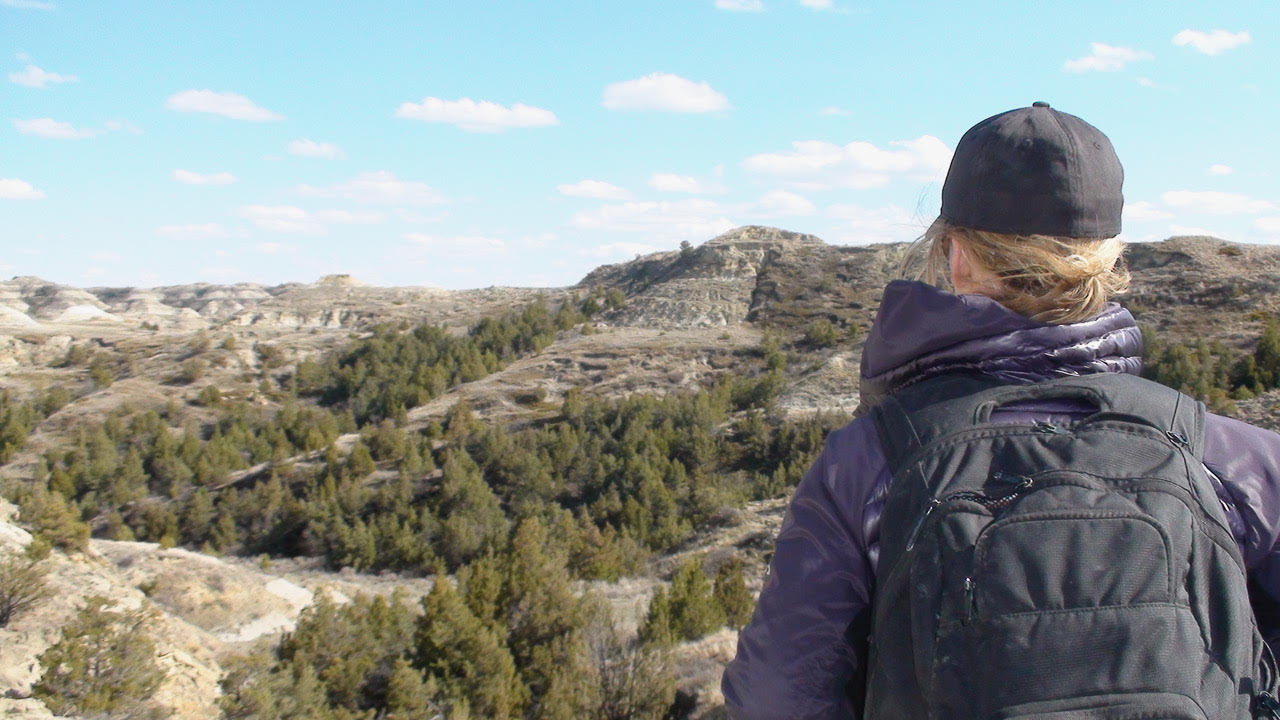
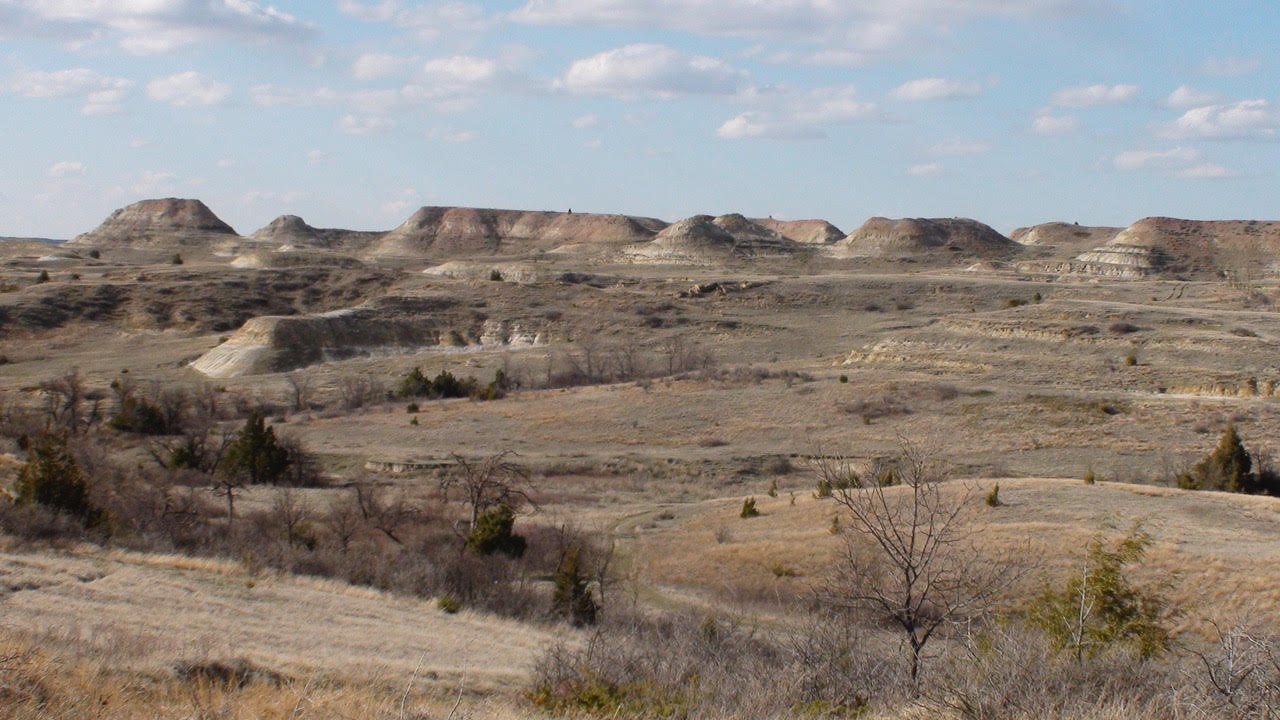
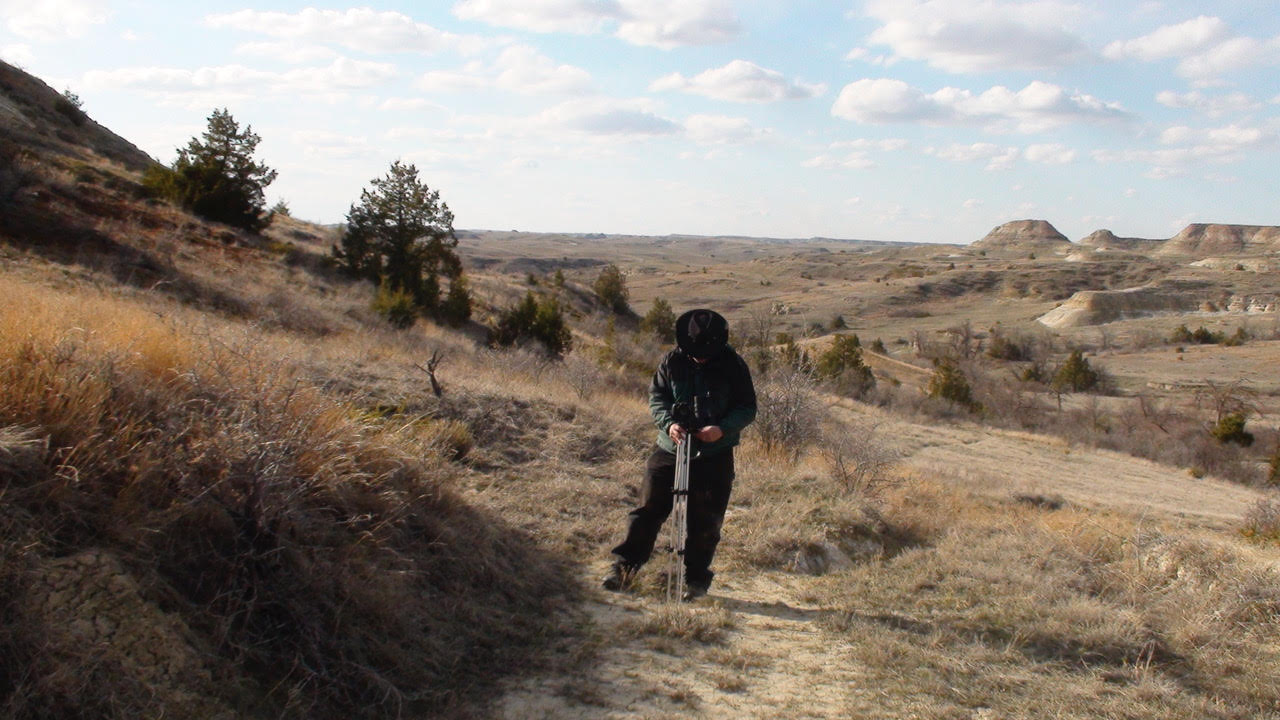
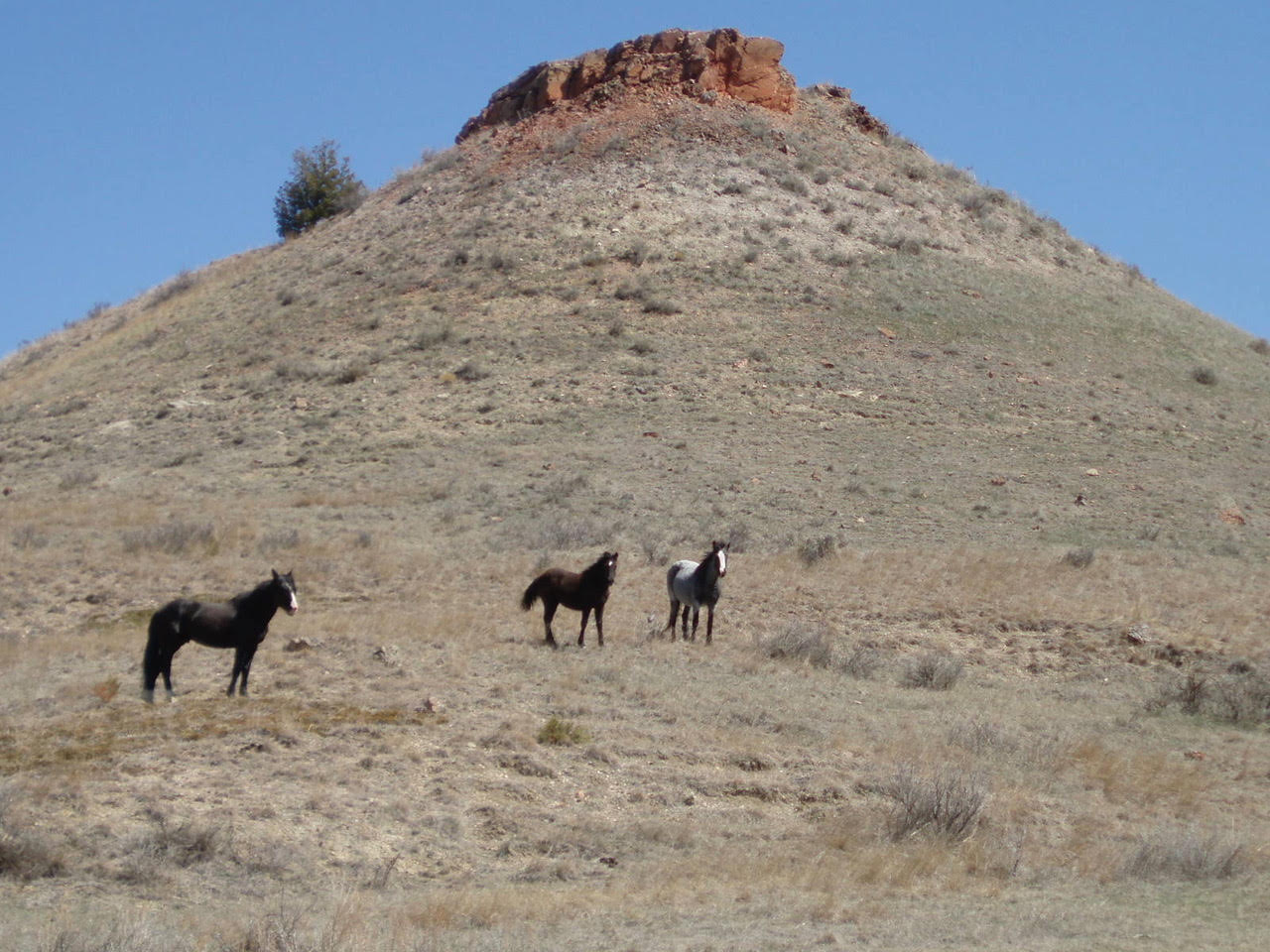
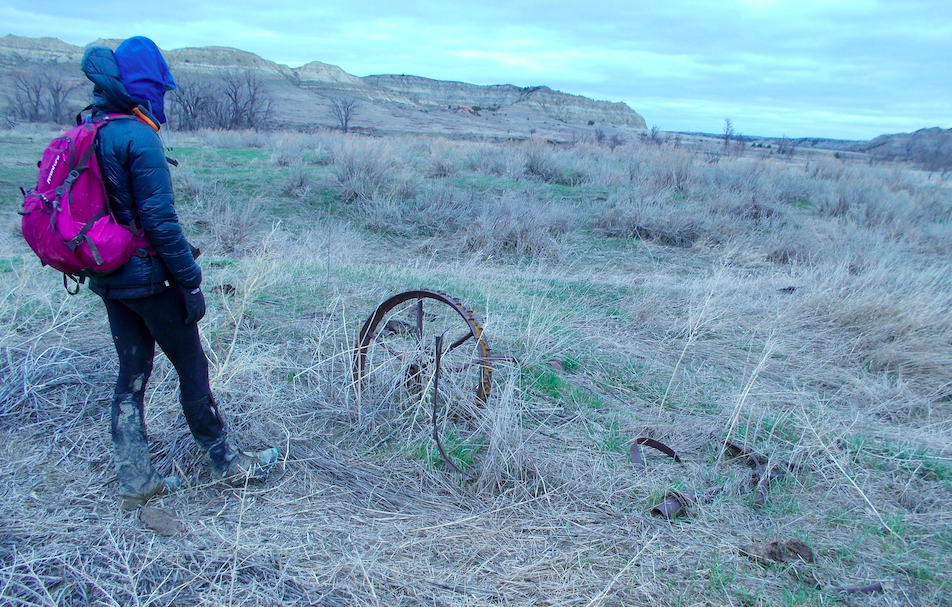

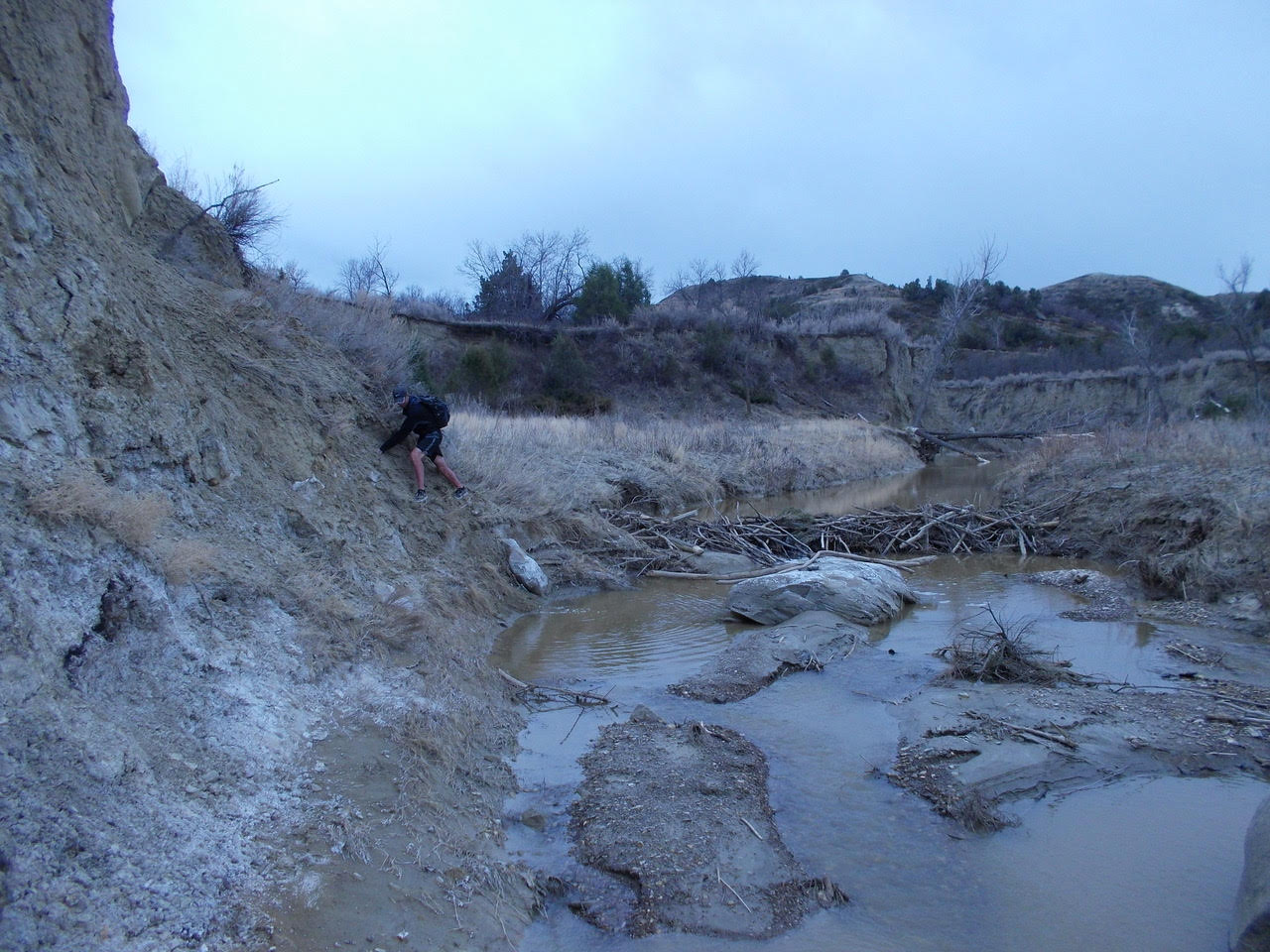
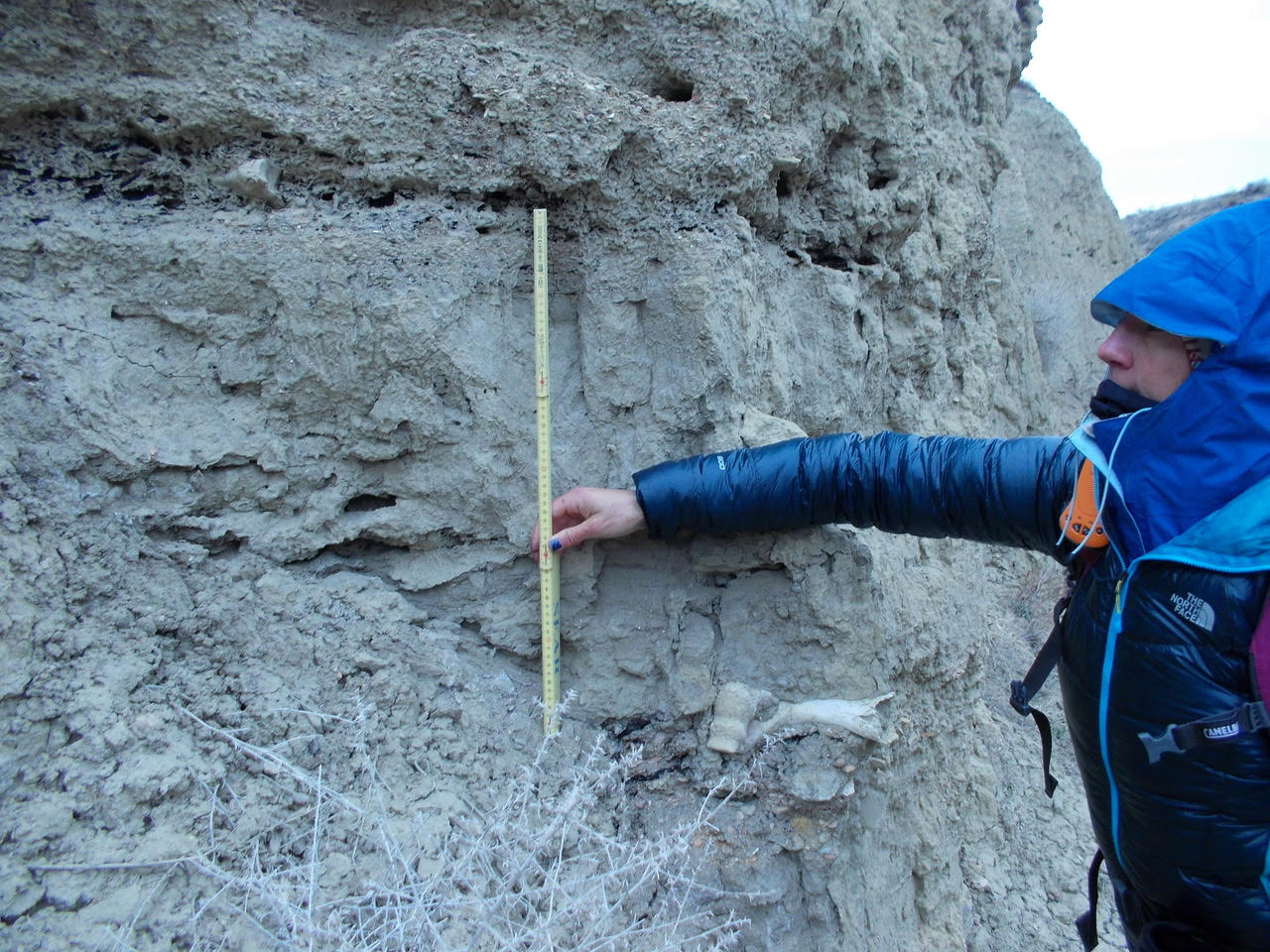
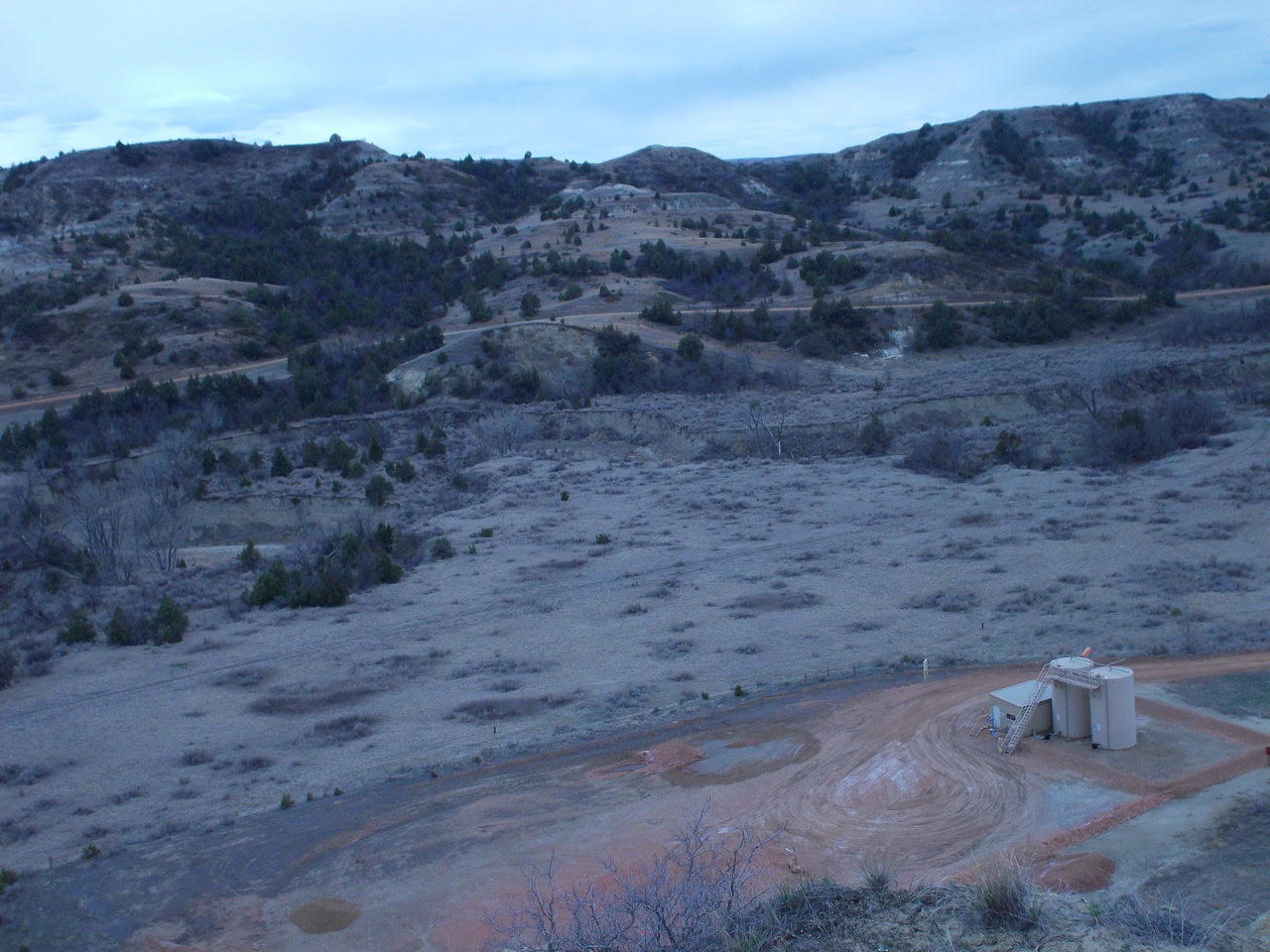

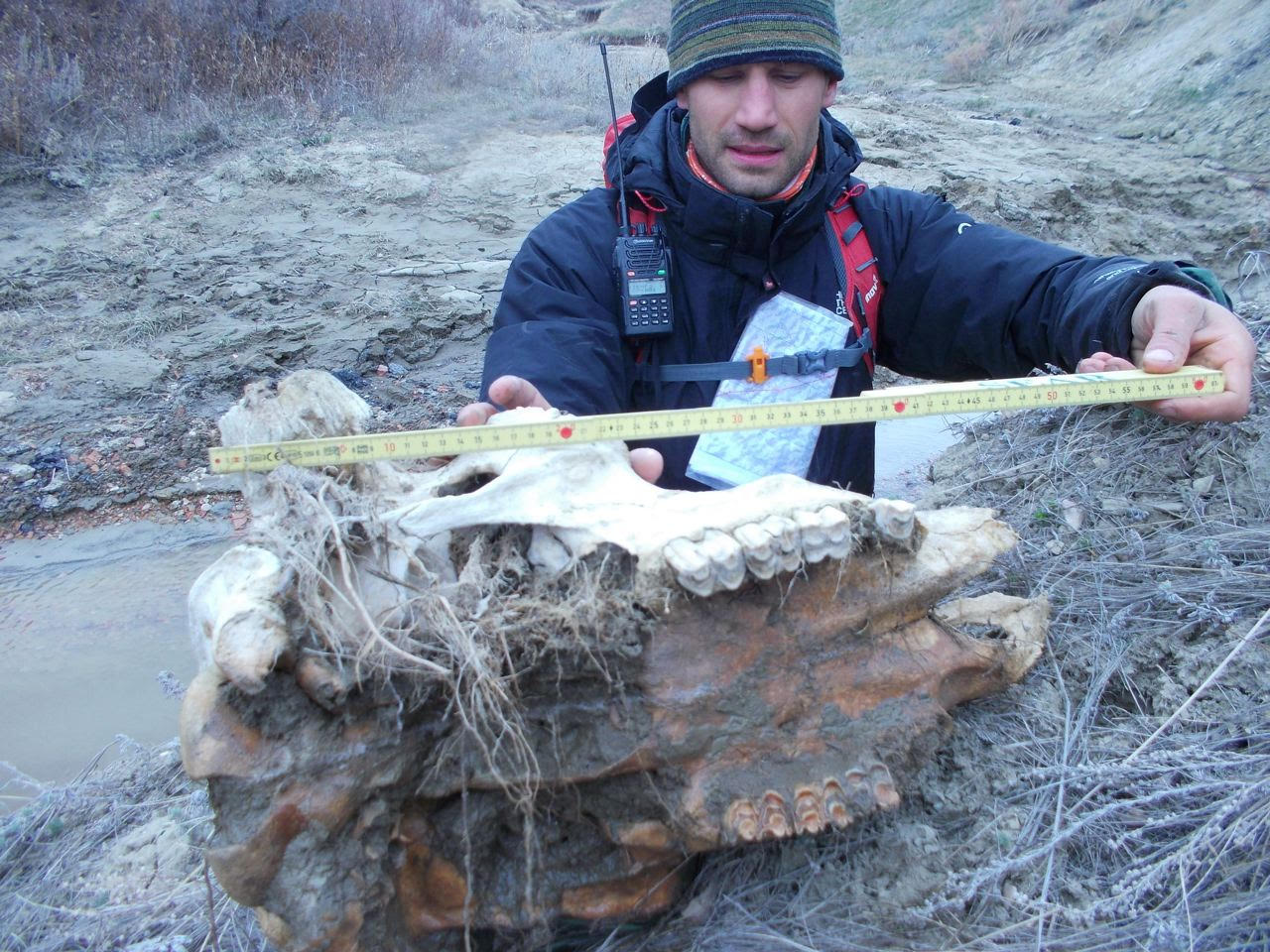
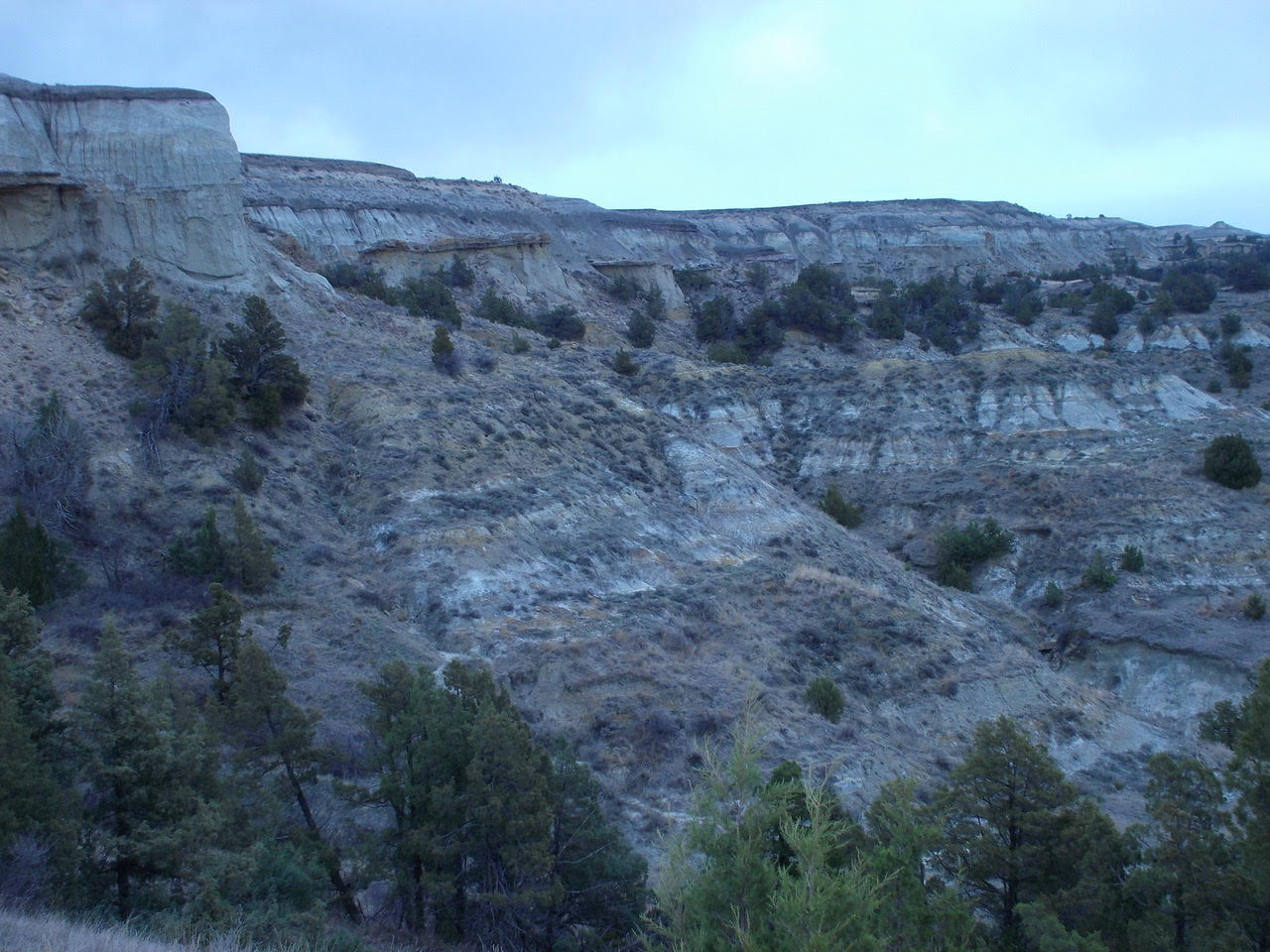
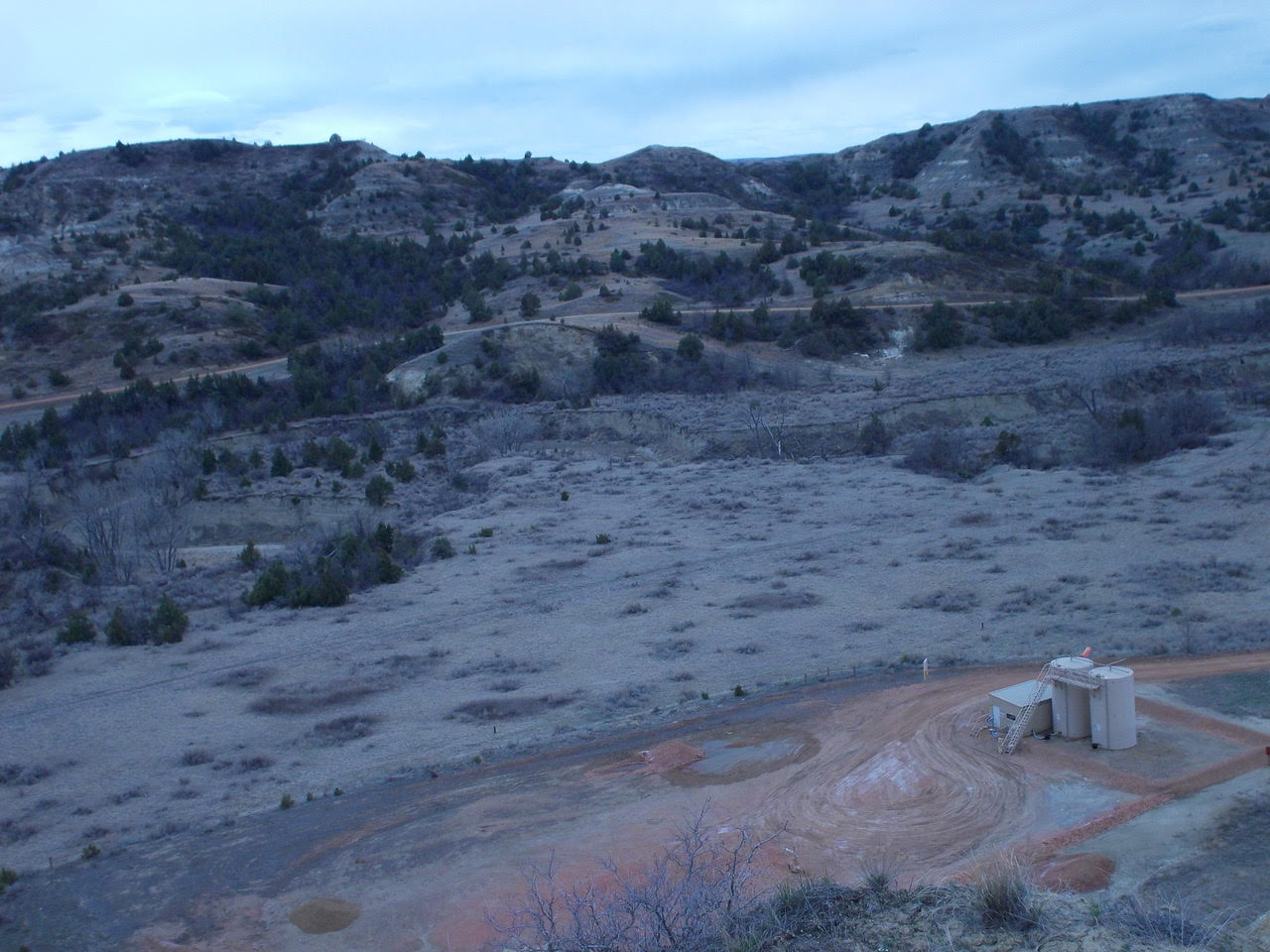
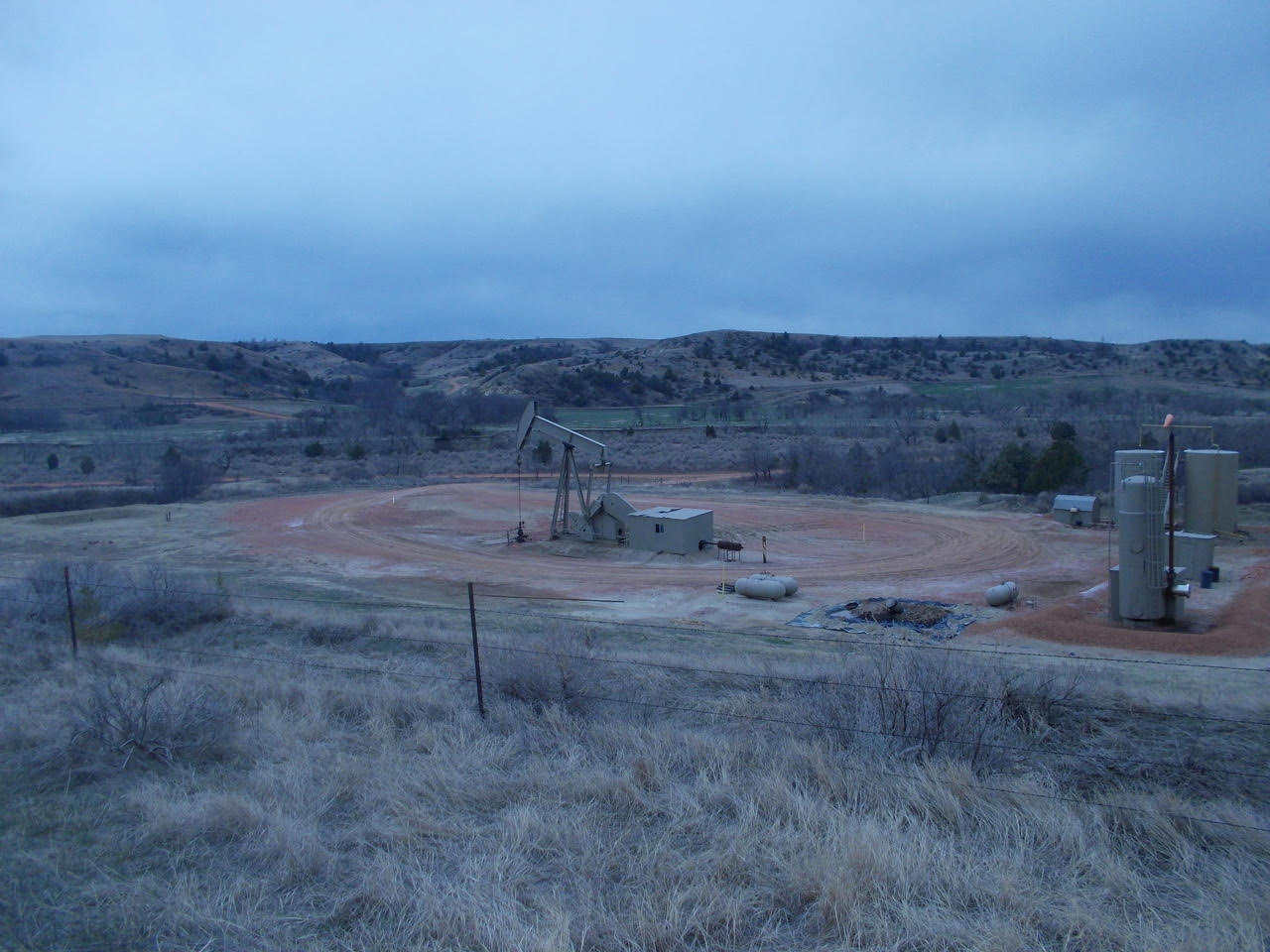
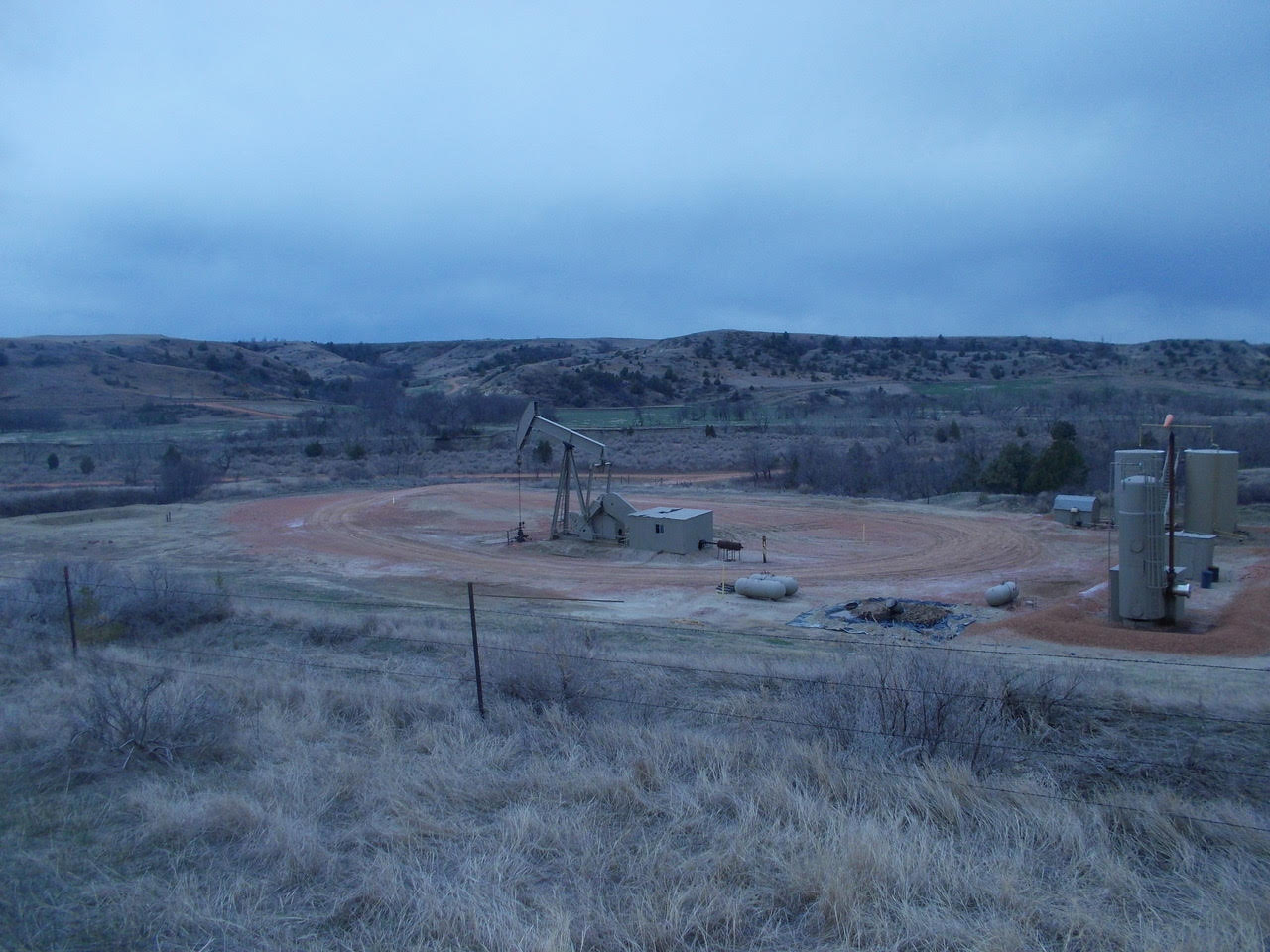
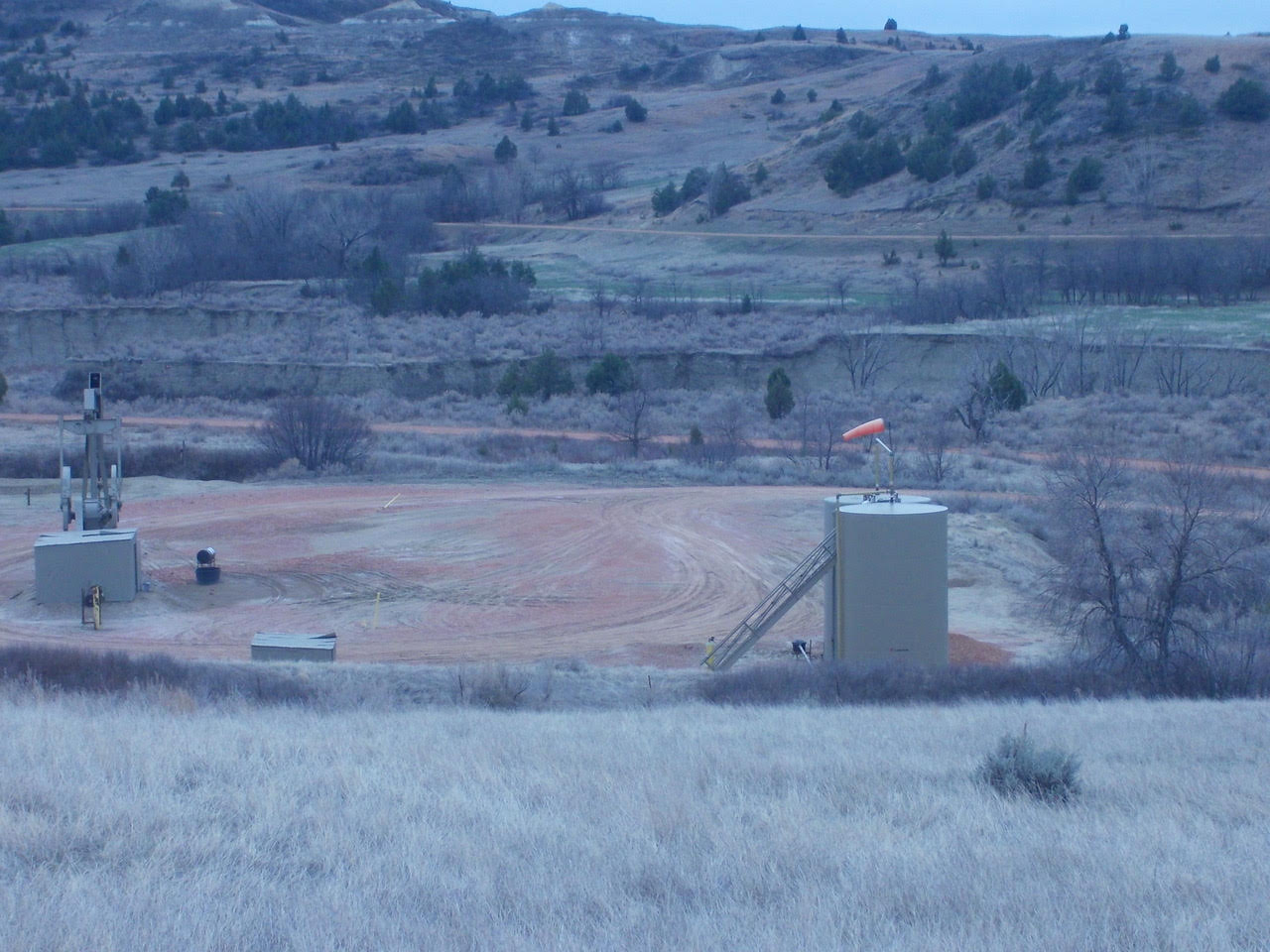
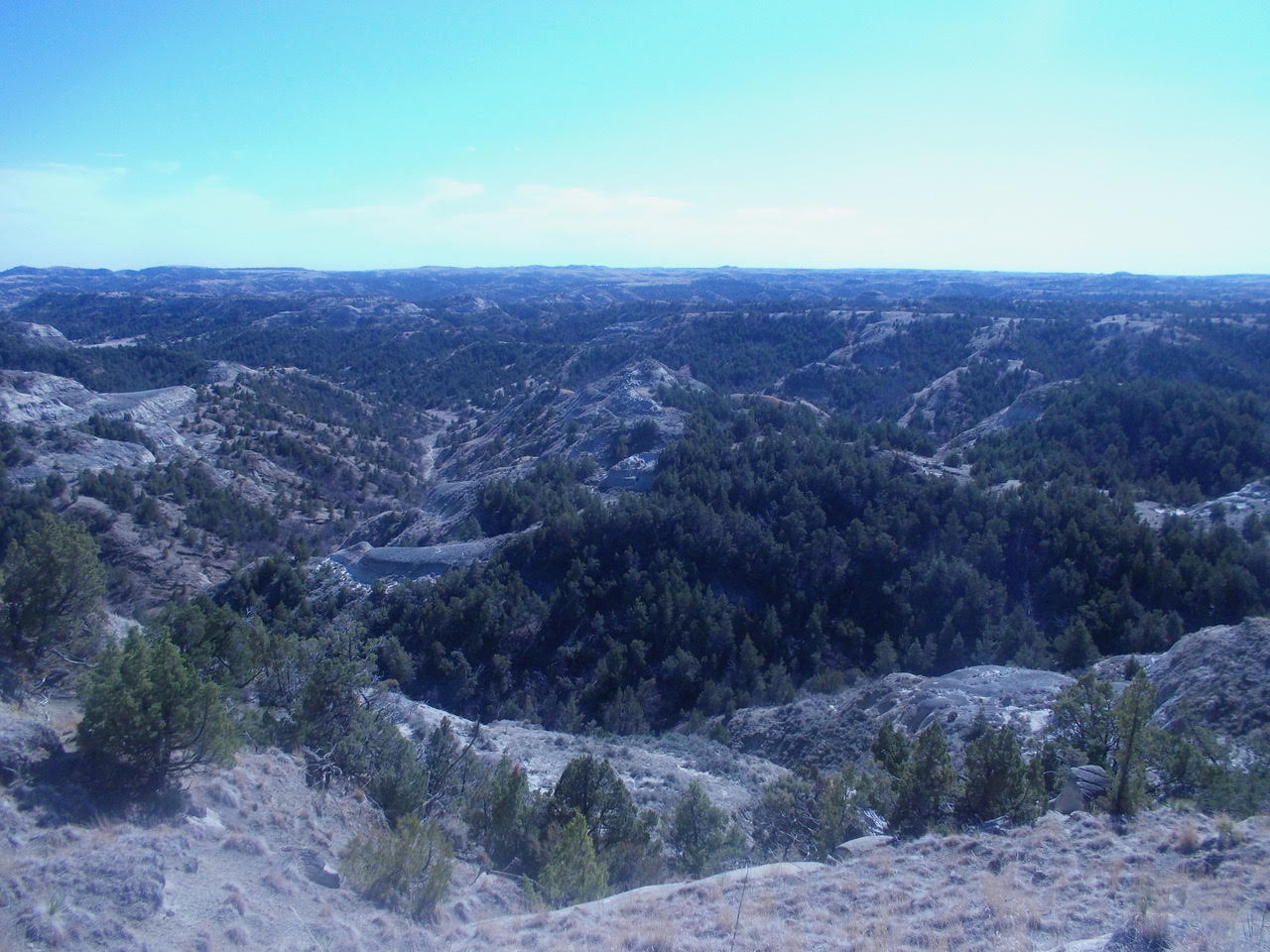
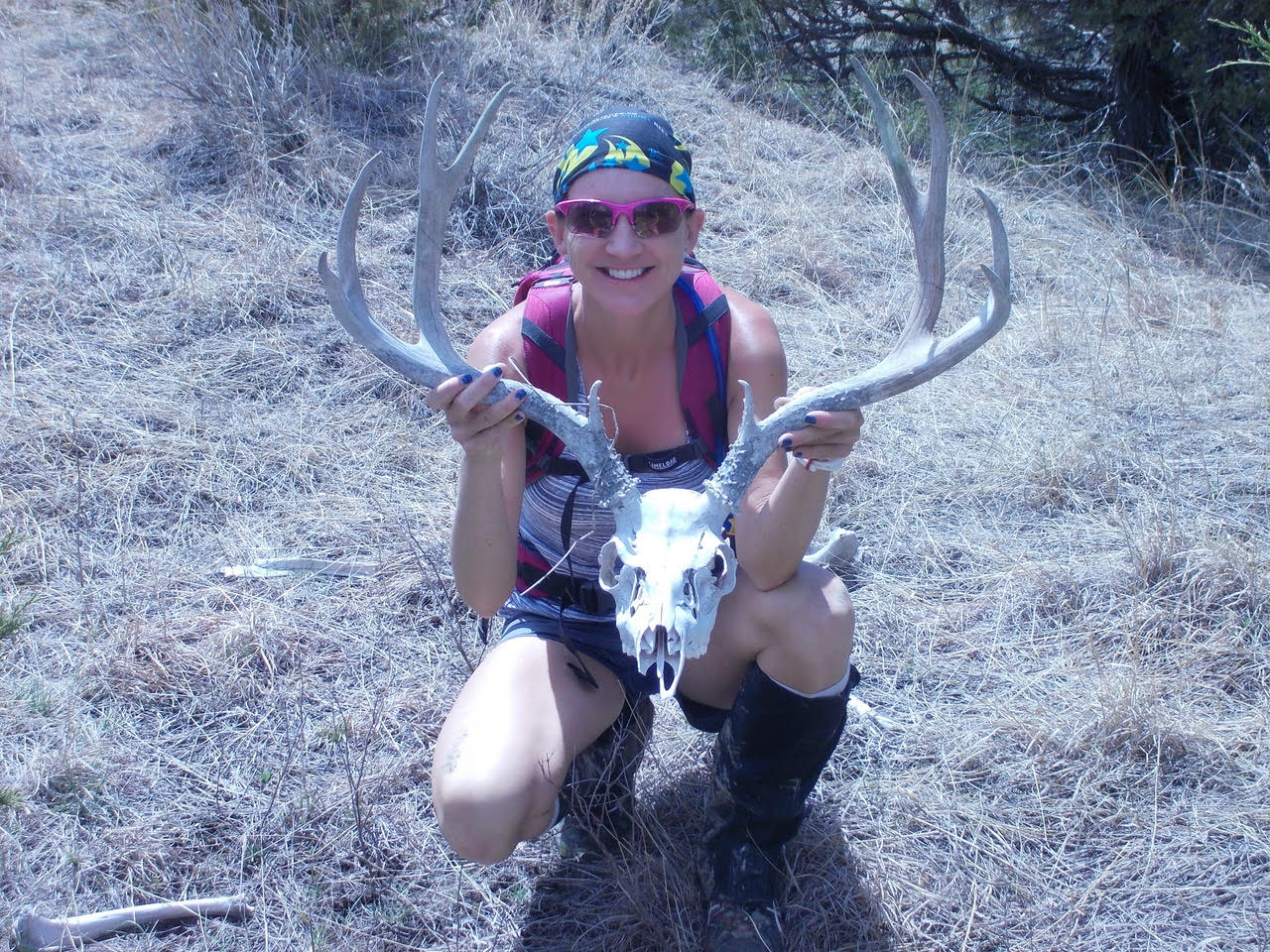
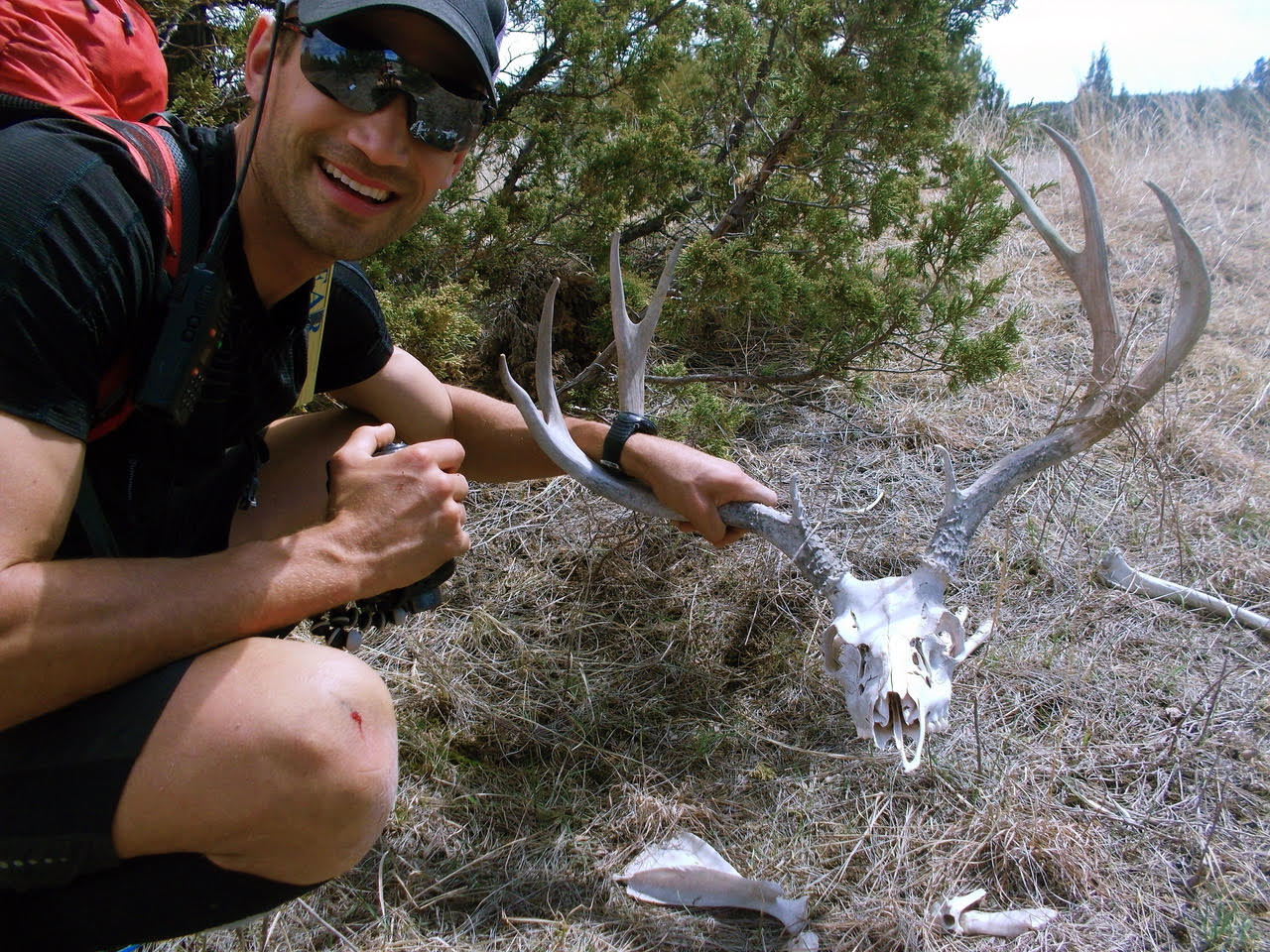
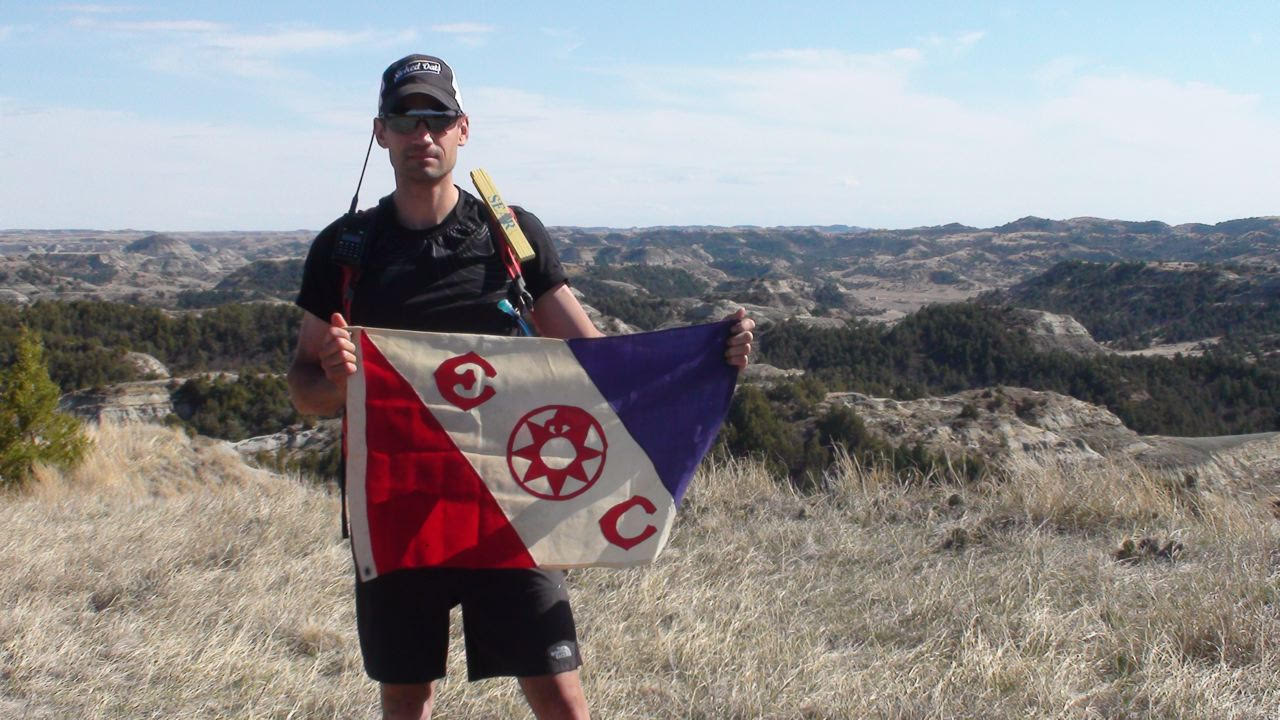
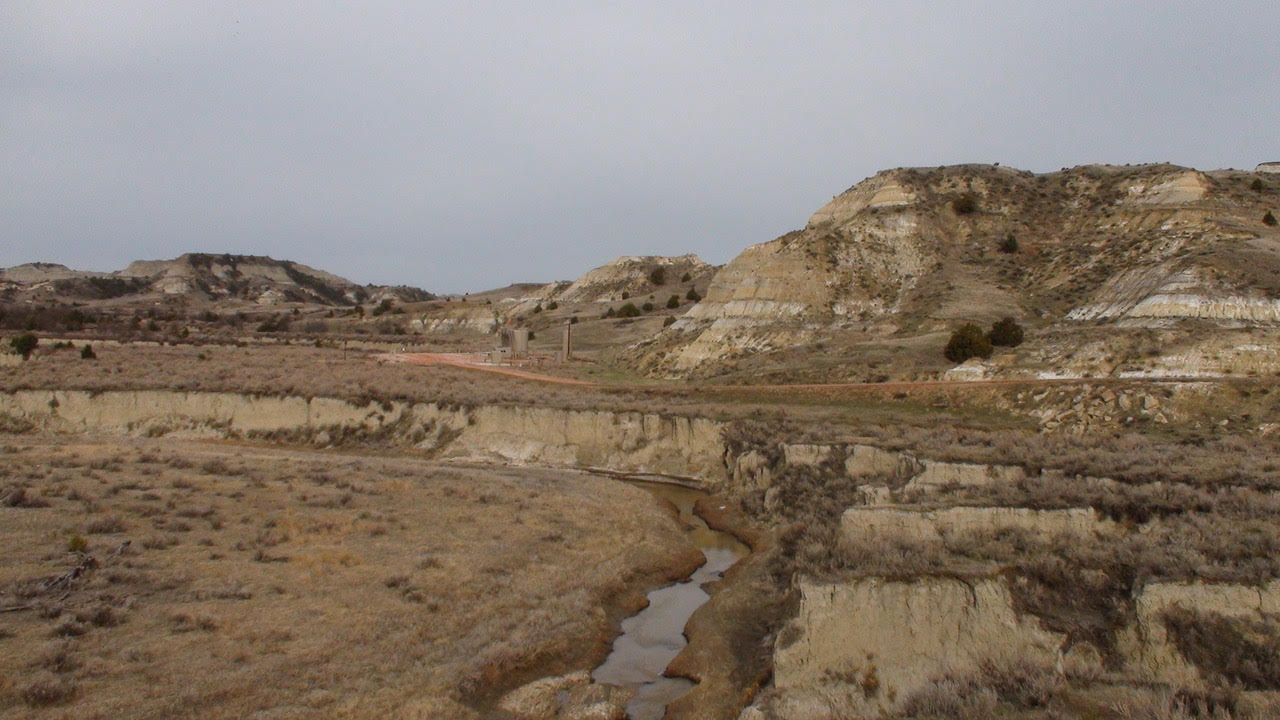
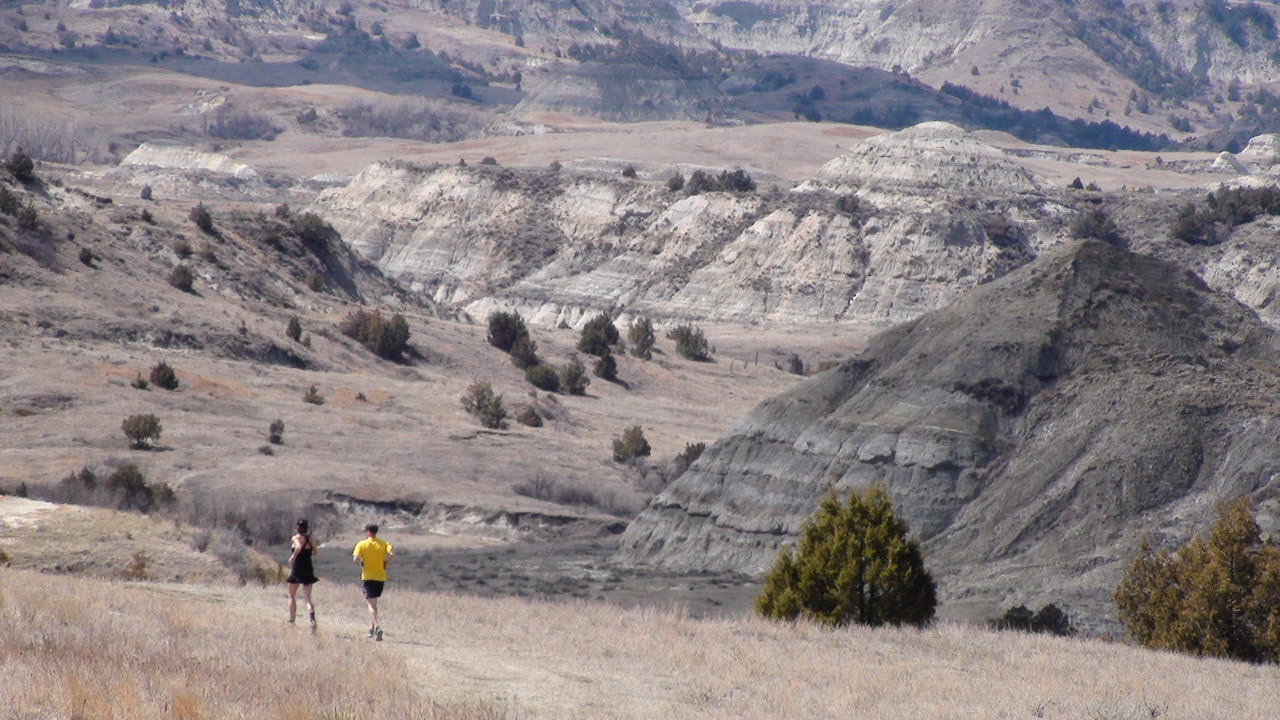

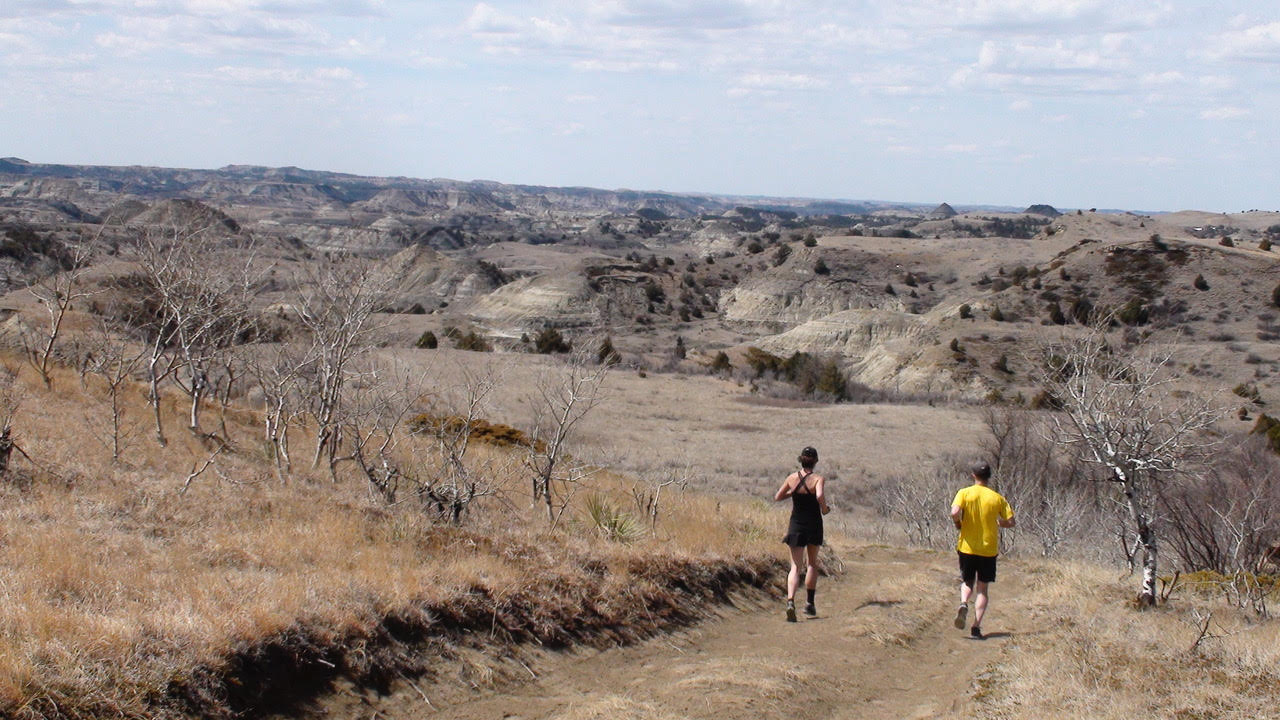
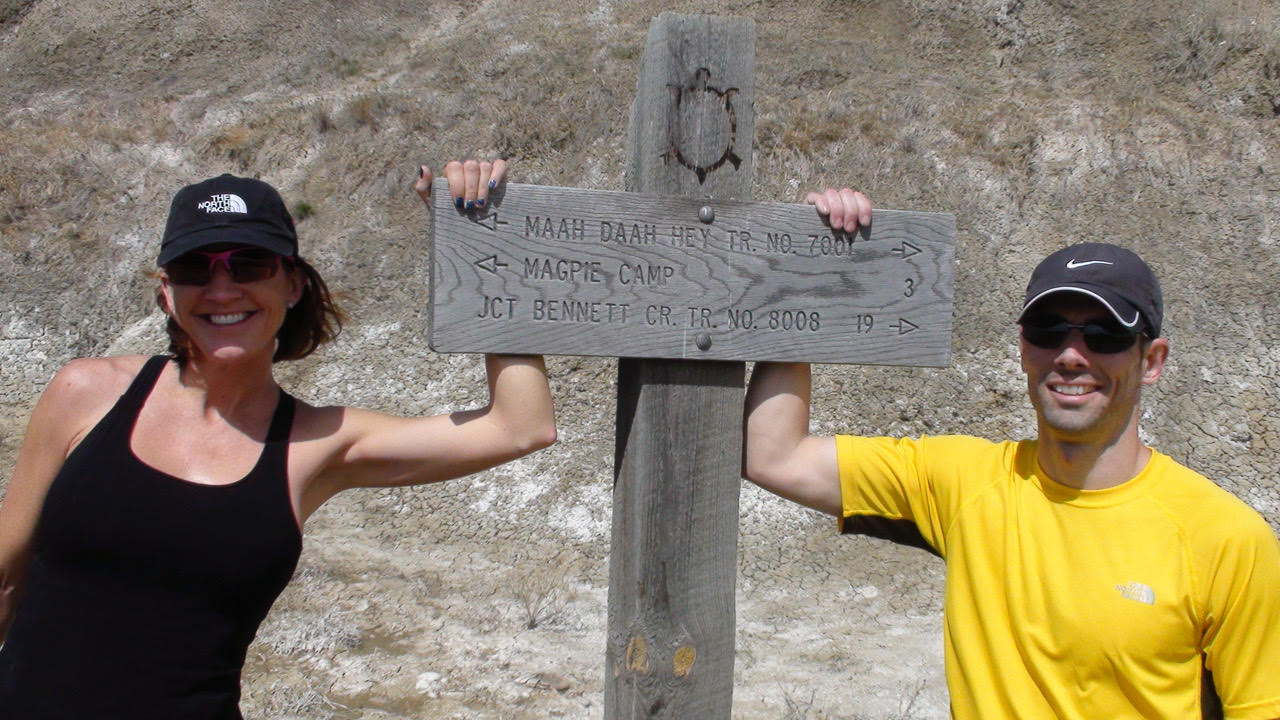
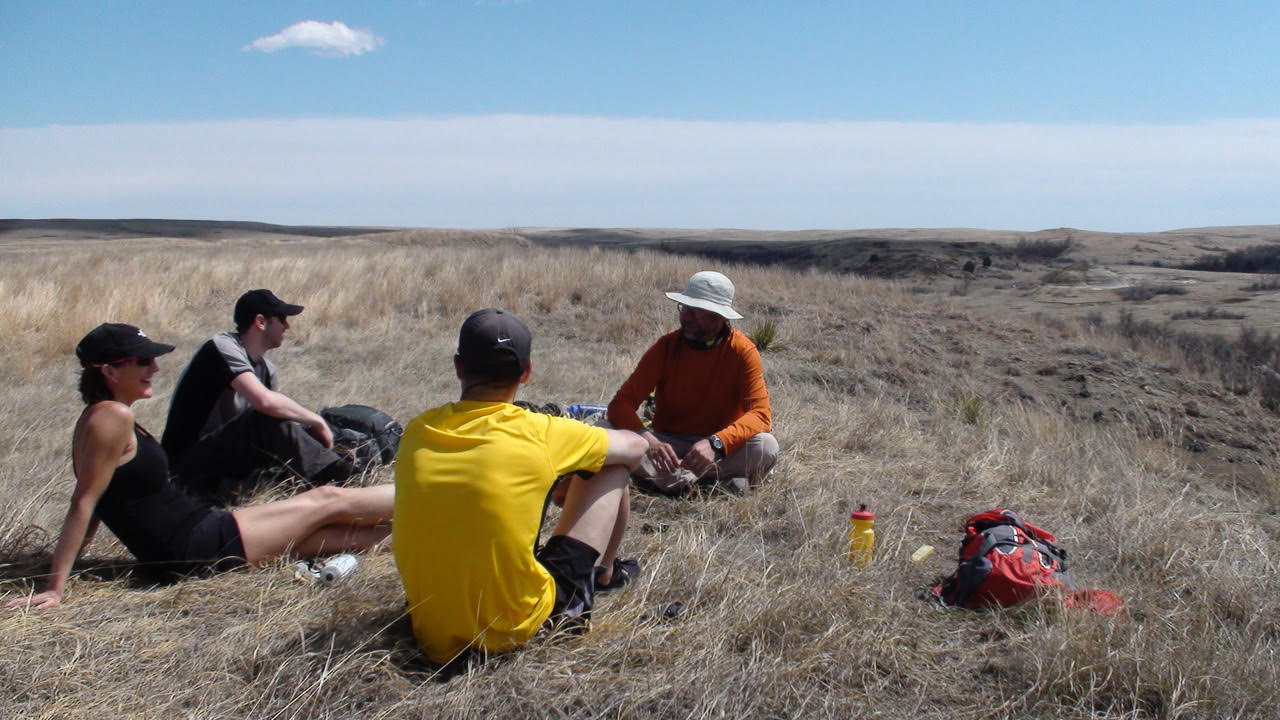
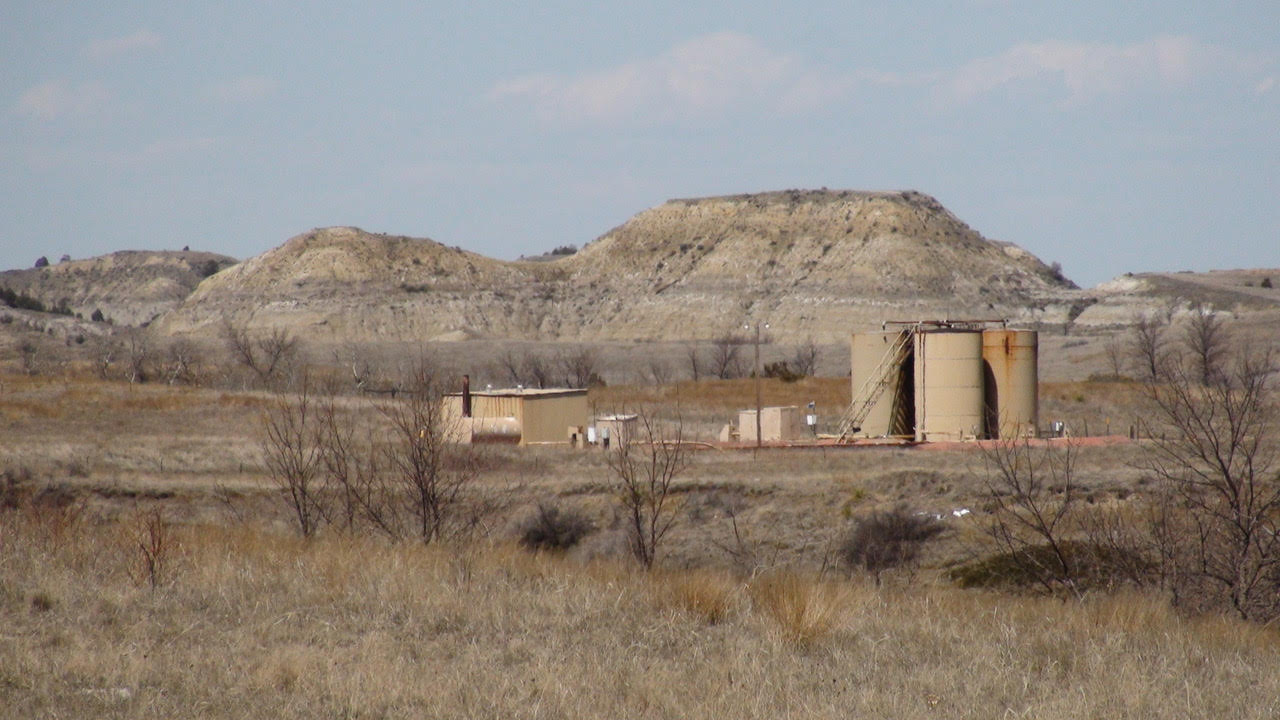
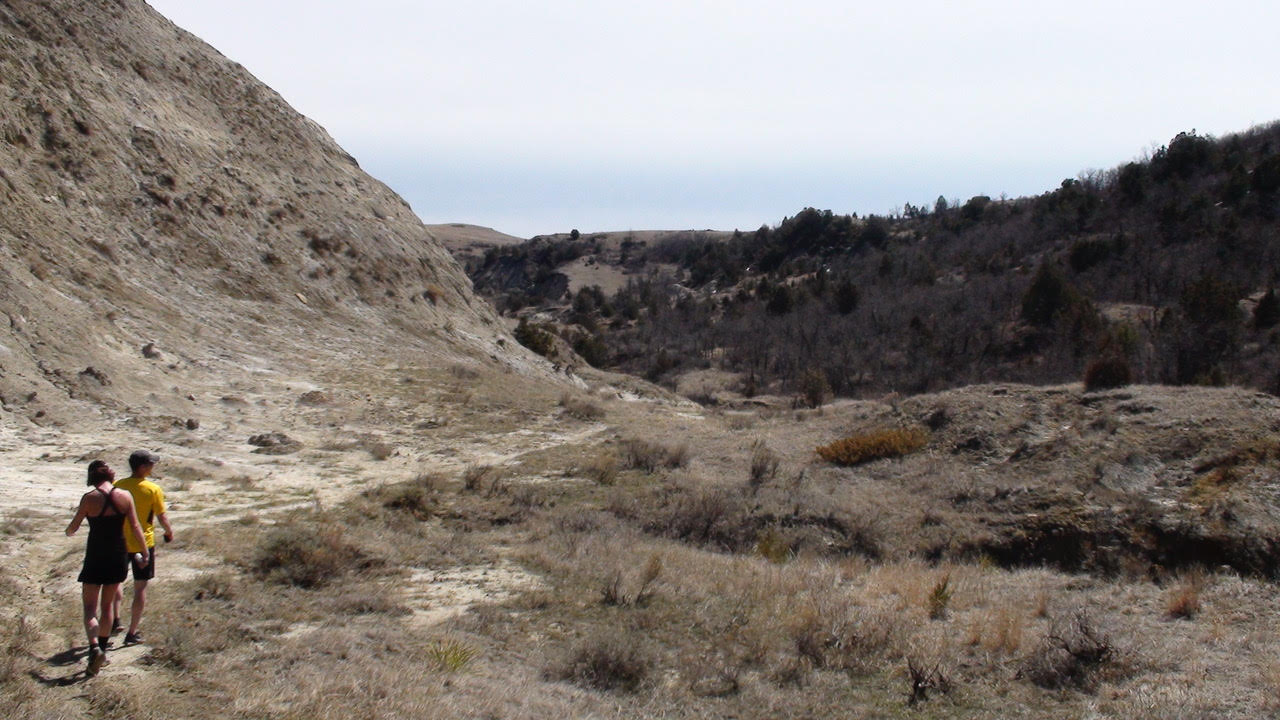

Summary:
North Dakota is a vast and wild state that is currently facing a significant land use challenge. Until recently, the State was best known for its wide-open spaces, ranching and agriculture. The internationally famous Badlands of North Dakota inspired President Theodore Roosevelt to create the National Park System. The state has the 4th lowest population density in the U.S., with less than 10 people per square mile. North Dakota has a long history of progressive, independent, self-sufficiency, and is the homeland of several Native American Tribes that still live there today. The 100 Miles of Wild project has a simple aim: discover first-hand the condition of the “wilderness” that inspired Roosevelt’s effort to preserve wilderness for all Americans and the World.
North Dakota is in the midst of an unprecedented oil-boom that has lead to a rapid increase in road-construction, drilling, pipelines, and infrastructure throughout the oil-rich Bakken Formation. The new oil boom has brought with it new technologies, and oil extraction is now accomplished by drilling lengthy horizontal wells, and then fracturing the shale formation (fracking) to release trapped oil. The rapid pace of this massive industry has caused an astonishing expansion of drilling pads and roads into the wild interior of North Dakota. Questions about the environmental impact abound, and there is concern about potentially hazardous frack fluid entering the aquifers relied on for drinking water, cattle, and agriculture. While the oil-companies adhere to the state and federal regulations on development, the growth and rapid advance of the drilling front is at a scale that is difficult for anyone to perceive and understand. This has created significant polarity amongst North Dakota residents – some opposed to the rapid growth, others in support of it, all deeply affected by it.
In Spring of 2013, Adventure Science launched 100 Miles of Wild: North Dakota Badlands Transect, the first project of its kind across the rugged badlands. Rather than take the established Maah-Daah-Hey Trail, the team navigated primarily off-trail through areas of interest. To tie itself to the history of the region, the trek started at Killdeer Mountain, a sacred location and site of a large battle between U.S. and Sioux Forces in 1864, head to Theodore Roosevelt’s Elkhorn Ranch, and concluded at a camp used by General Custer. The goal of the project was to travel on foot to seldom-visited, isolated places within the Badlands. The Badlands (once referred to as "Hell with the fires gone out”) seem an unlikely place for a trip on foot, and that is precisely why the team undertook this project. While difficult, the terrain was not impossible. The main challenges were navigating the confusing, rough terrain, and very limited water sources. In the past, these challenges, combined with terrain unsuitable for horseback travel, and the sparse occupation of the area generally kept people out. Motorized vehicle travel is prohibited in much of the Federal land. The inhospitable remoteness of the Badlands has left the wilderness largely undocumented and unexplored.
Teams of Adventure Science athletes trekked and ran 100 miles from the Killdeer Mountains to Sully’s Watering Hole Camp south of Medora. Their route took them through the famous Theodore Roosevelt National Park and several of the proposed wilderness areas in the Little Missouri National Grasslands. While the Badlands are generally thought of as “flat”, the ruggedness of the terrain had the teams climbing (and descending) more than 20,000 ft over the course of seven days. Along the way the teams will observe and document the flora, fauna, historical sites, and geology they encounter on their rugged journey. Each hour the team members stopped, recorded a photo and video panorama, and took notes on what they observe and feel. The route and records will be carefully tracked with GPS units. At the end of the project, the team shared what they learned about the state of this inspiring wilderness.
Adventure Science is a neutral organization of volunteer experts and citizen-scientists. While members obviously appreciate wilderness, they also have diverse viewpoints about oil development and growth. What they share is a determination to collect information and make scientific observations ahead of the drill-bit. The goal of the project is not to tell communities what to do, but rather help communities gather the information they need to make informed decisions. We will share our information with state and federal agencies and North Dakota State University in order to provide a clear picture of what natural components and cultural material exist along this transect. Adventure Science has an additional aim to produce educational materials that can be shared with interested parties. These materials will be used help teach students and the public about the natural and historical significance of the region, as well as to educate them about the relationships between oil development, natural and cultural resources. Ultimately, we are volunteering our services to provide information to citizens so that they can make informed, conscious choices on how to balance the needs of the various interest groups, for now and for the future.
North Dakota and Project Specifics:
Geography: Borders Manitoba (Canada), South Dakota, Montana, and Minnesota
Population: ~685,000 (2011 Census data)
Area: ~17,000 square miles (19th largest state)
Cattle: 1,700,000 head
Transect: Killdeer Mountain – Theodore Roosevelt Park North and South – Sully’s Camp
Landscape: Pronghorn, Bison, Elk, Coyote, Badger, Golden Eagle
Key Wildlife: ~ 14 kg
Date: Spring 2013
Length: 100-mile trekking transect
Media:
- The Jamestown Sun (May 4, 2013) – Exploring the Badlands: Group attempts to re-create Roosevelt’s experience. - View PDF or read on the Jamestown Sun website.
- The Dickinson Press (May 4, 2013) Roosevelt’s wilderness no more: Adventure Science group emerges from Badlands after 10 days of discovery. - View PDF or read it on the Dickinson Press website.
- Bismarck Tribune (May 3, 2013) – Group has wild trek across Badlands. - View PDF or read it on the Bismarck Tribune website.
- Bismarck Tribune (March 30, 2013) – Athlete scientists will document North Dakota Badlands. - View PDF or read it on the Bismarck Tribune website.
Adventure Science thanks its sponsors:
Interested in sponsoring Adventure Science? Contact us to find out how!
